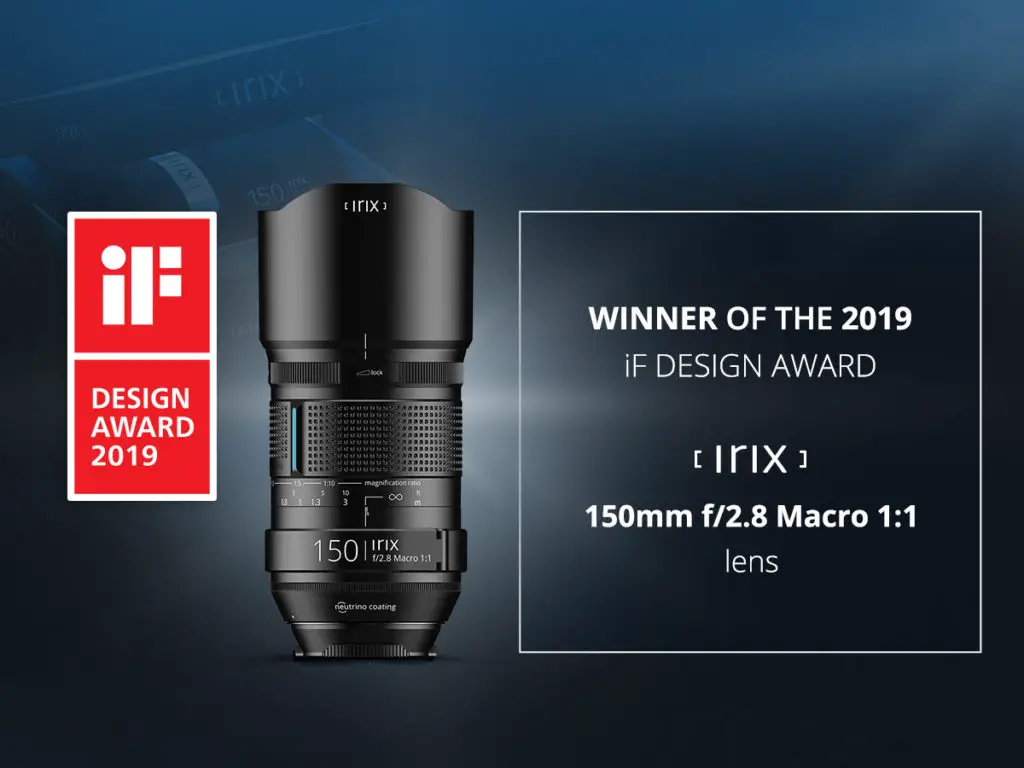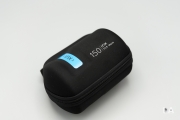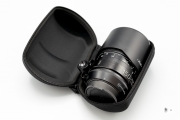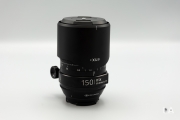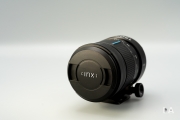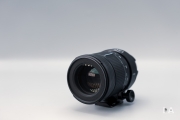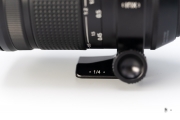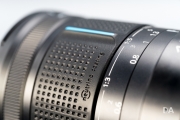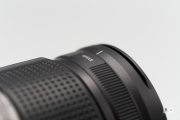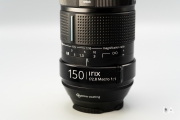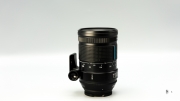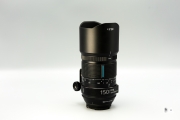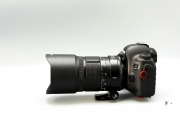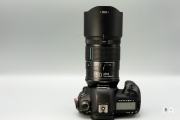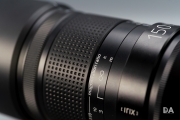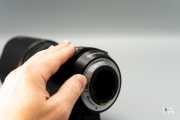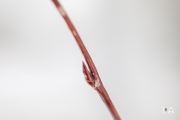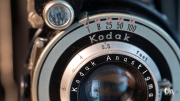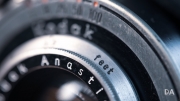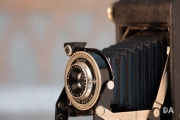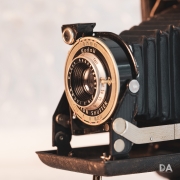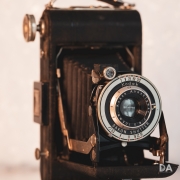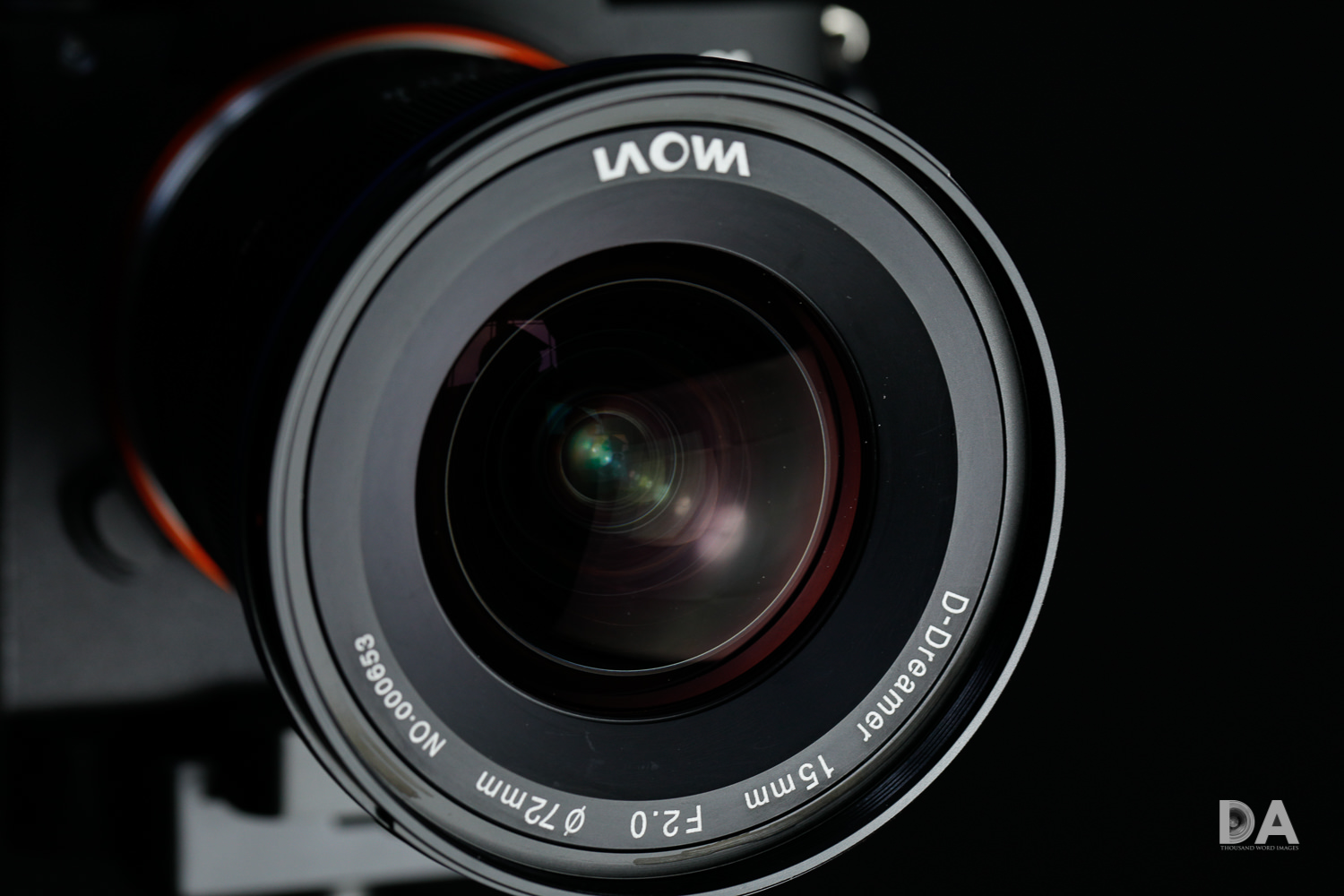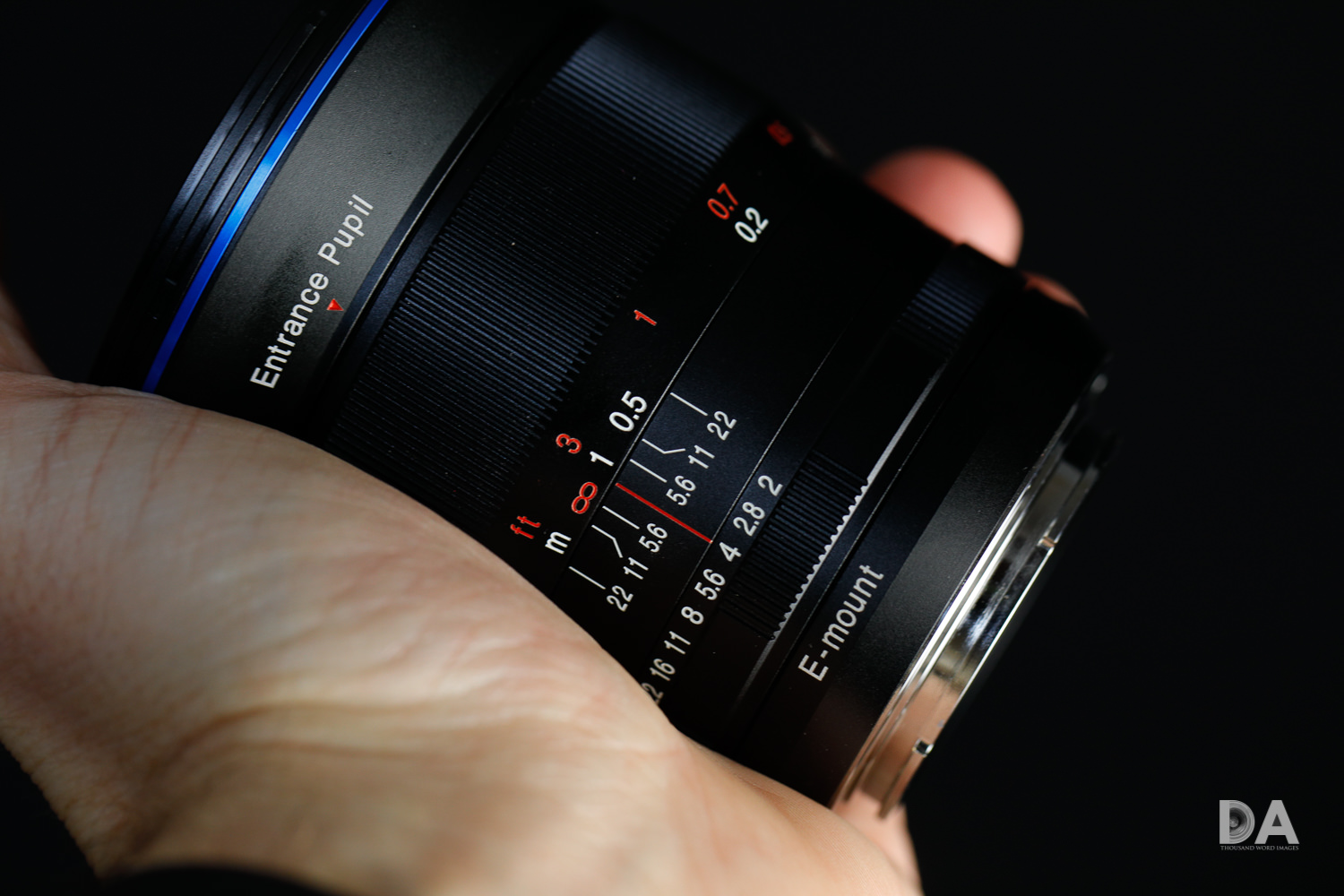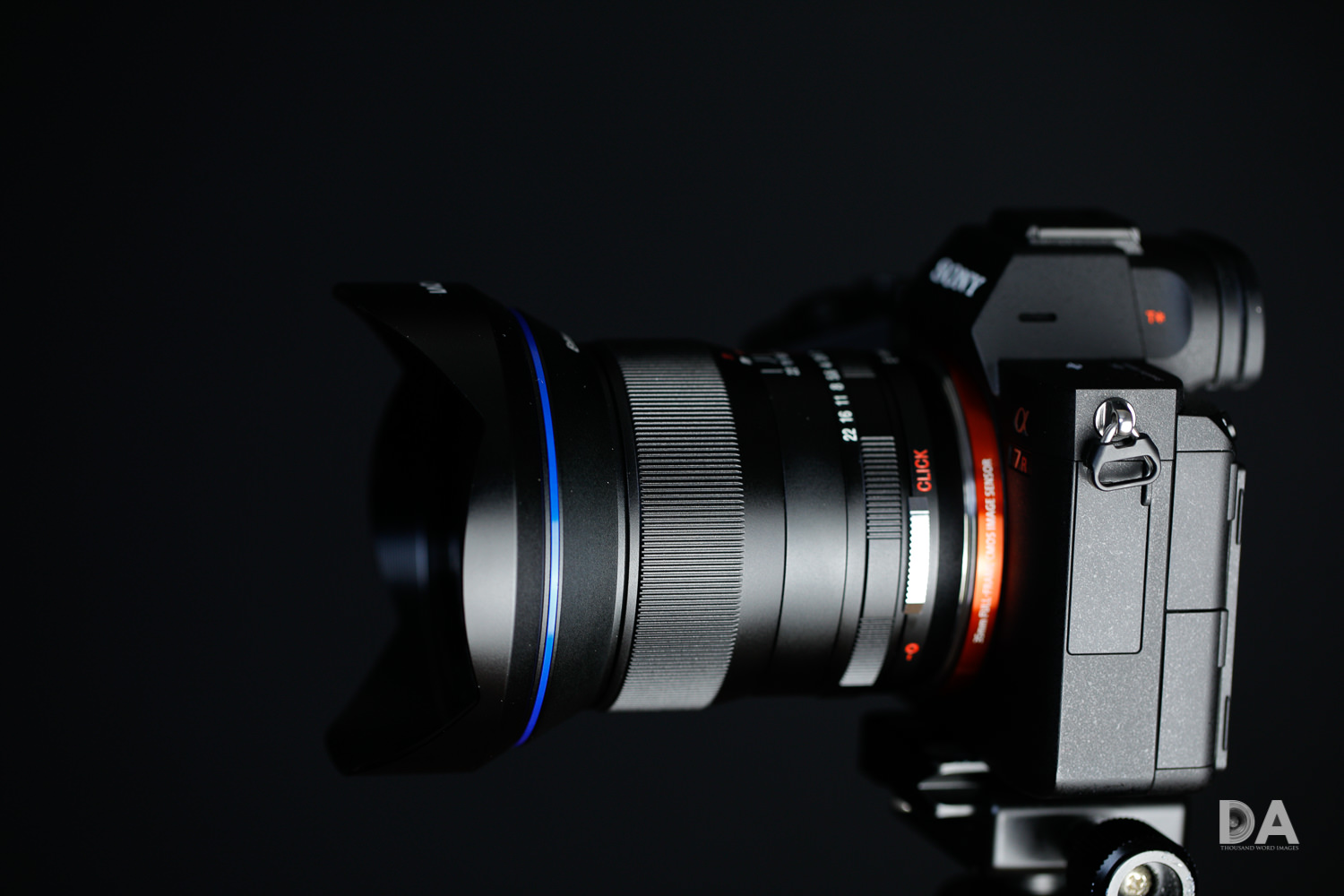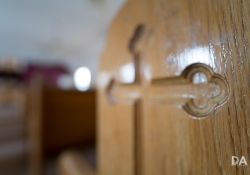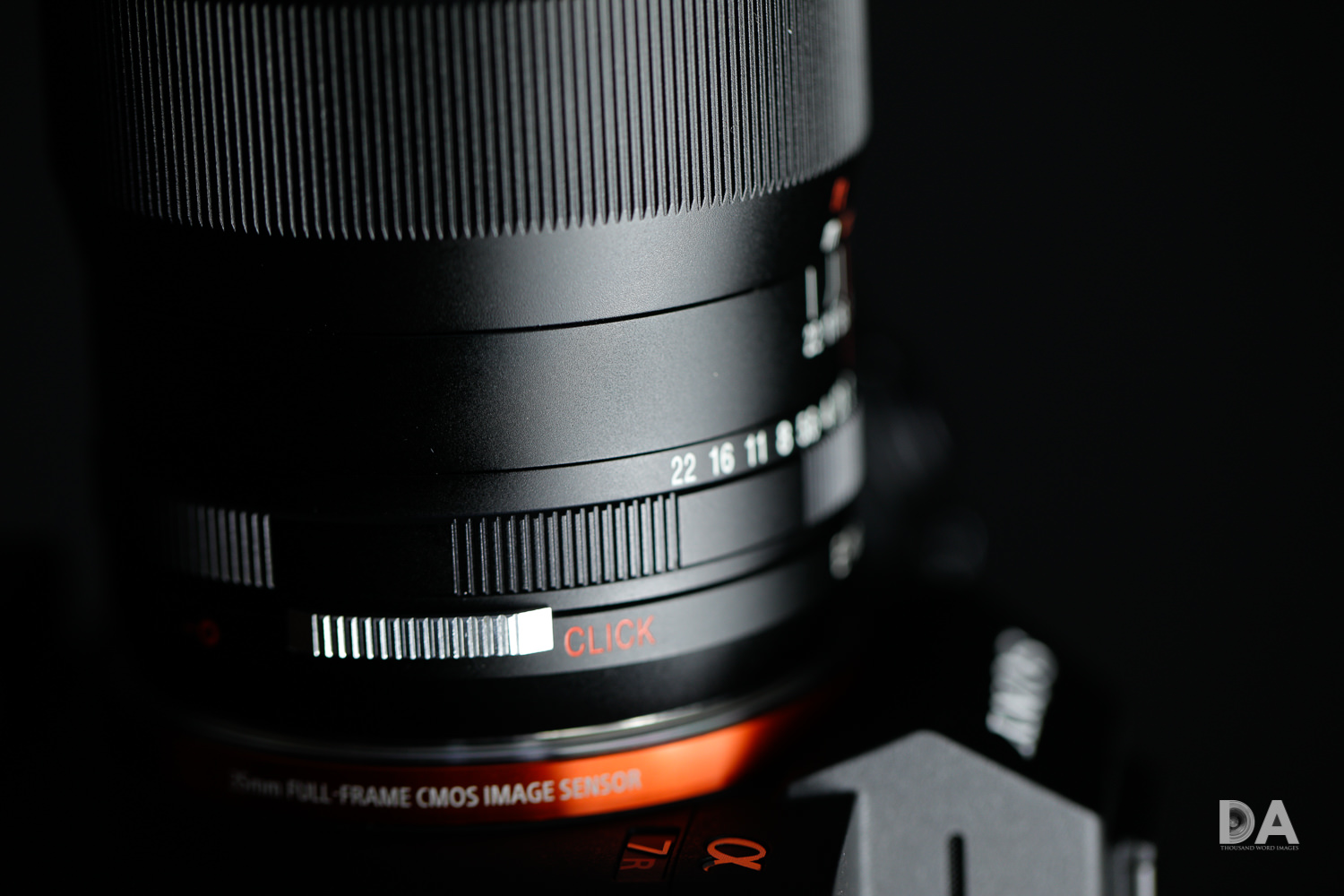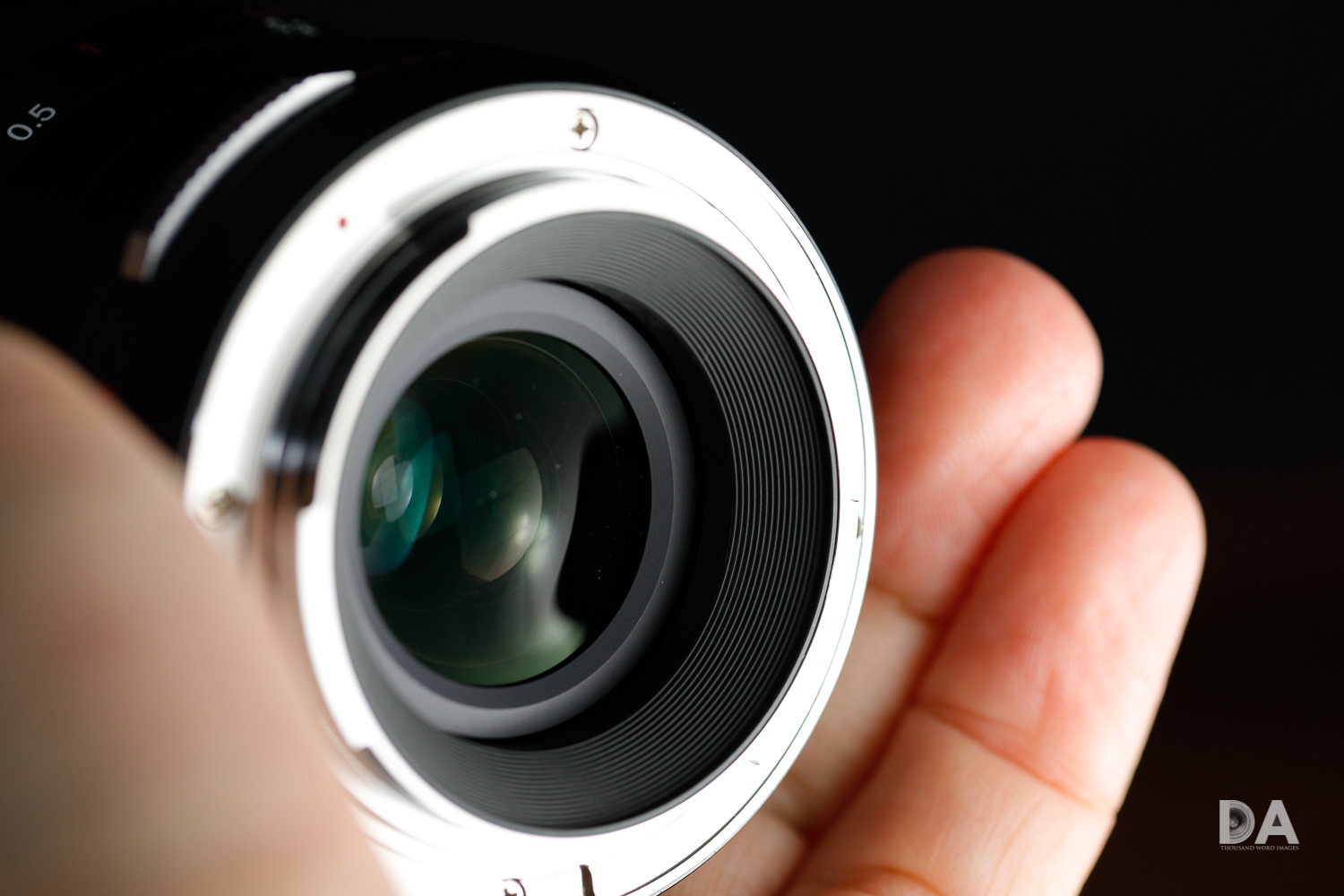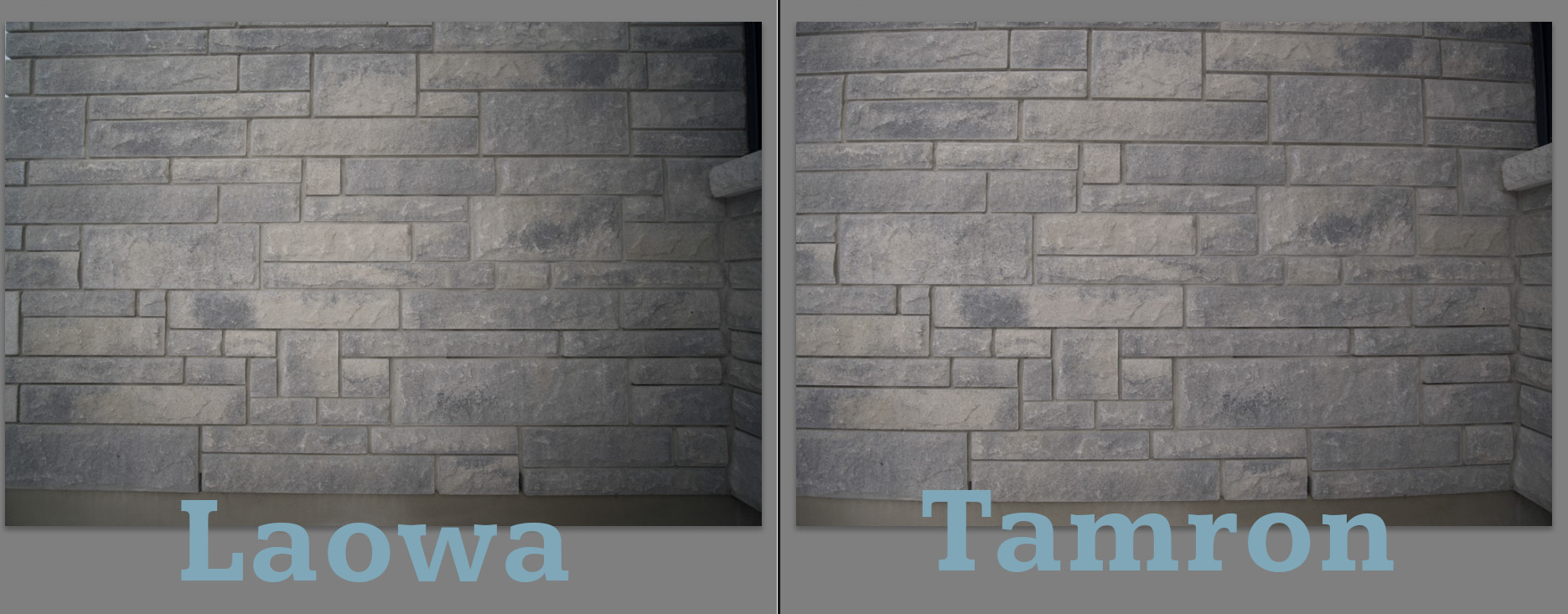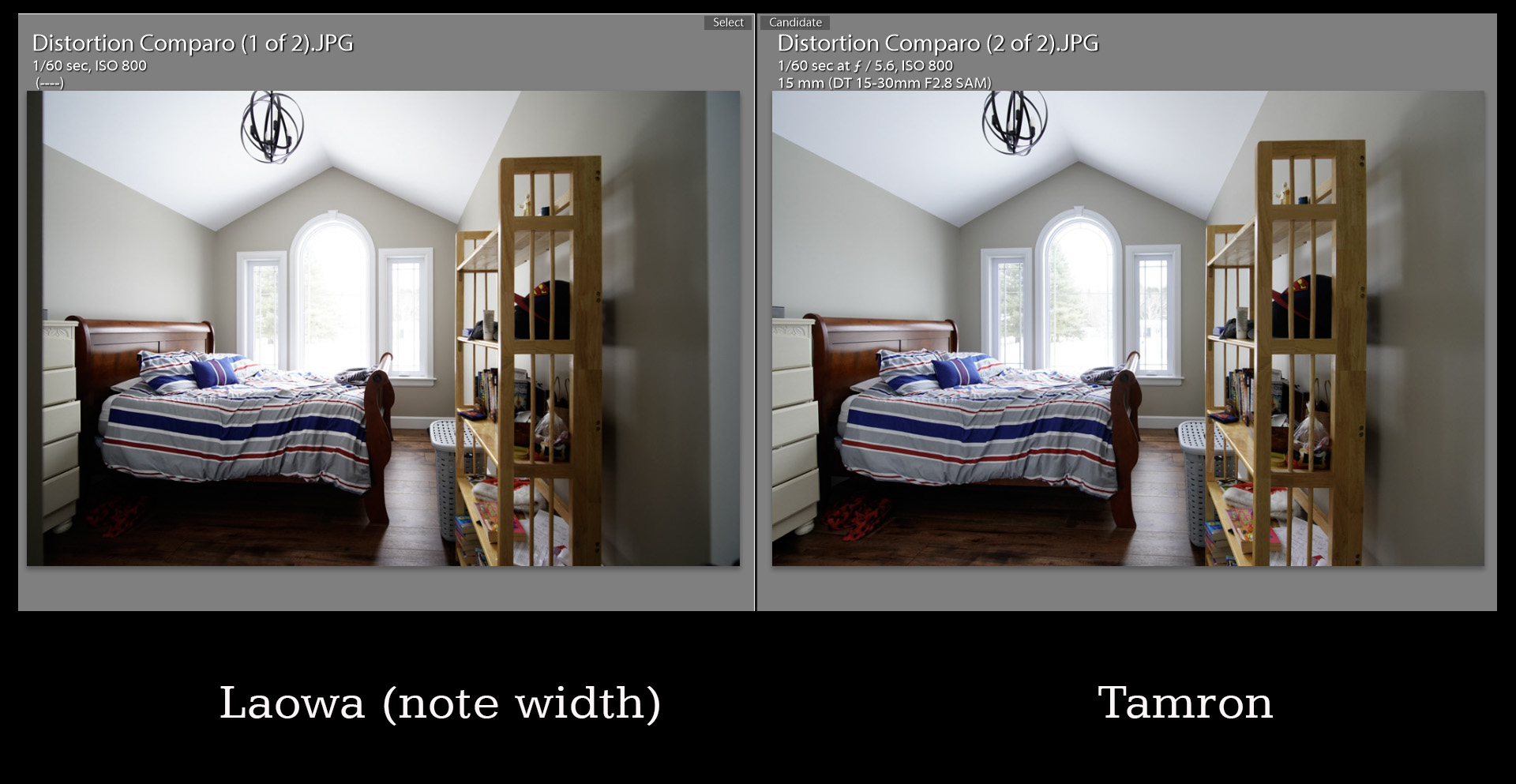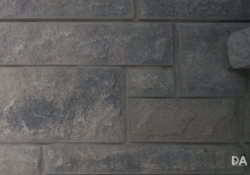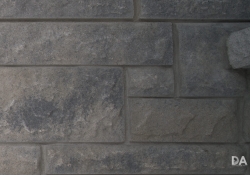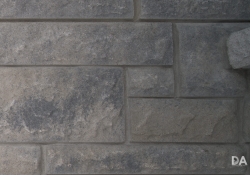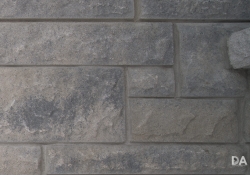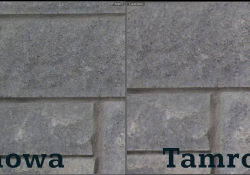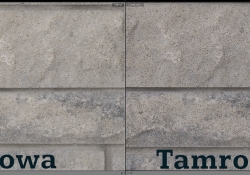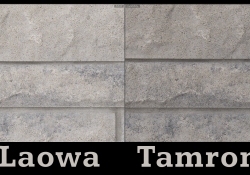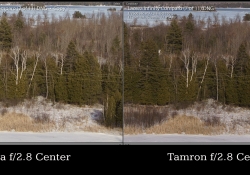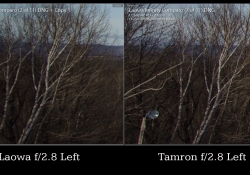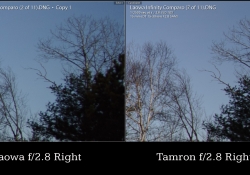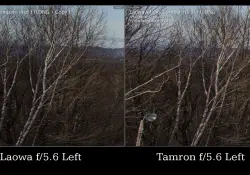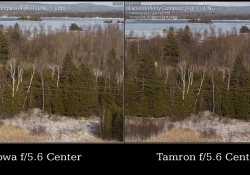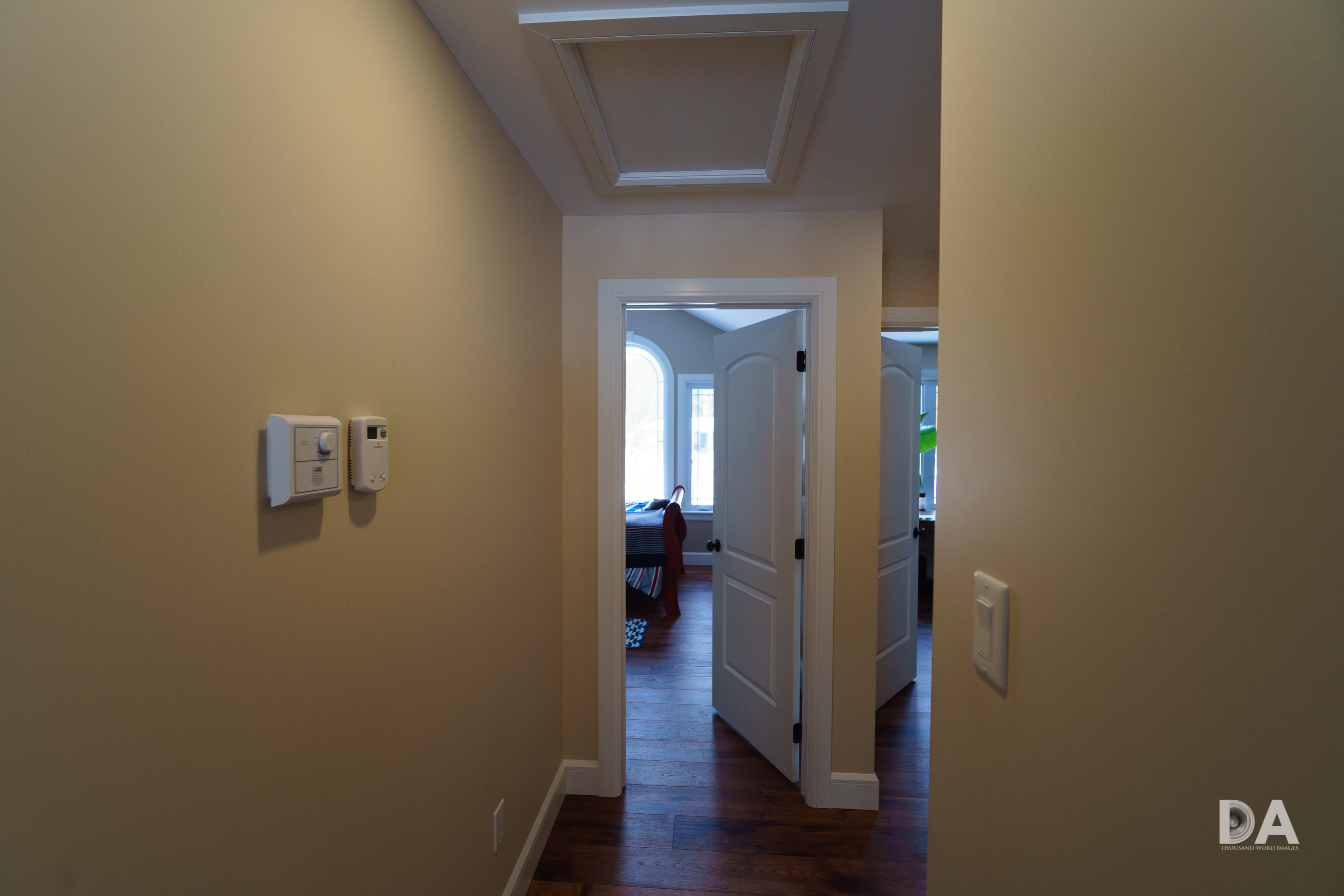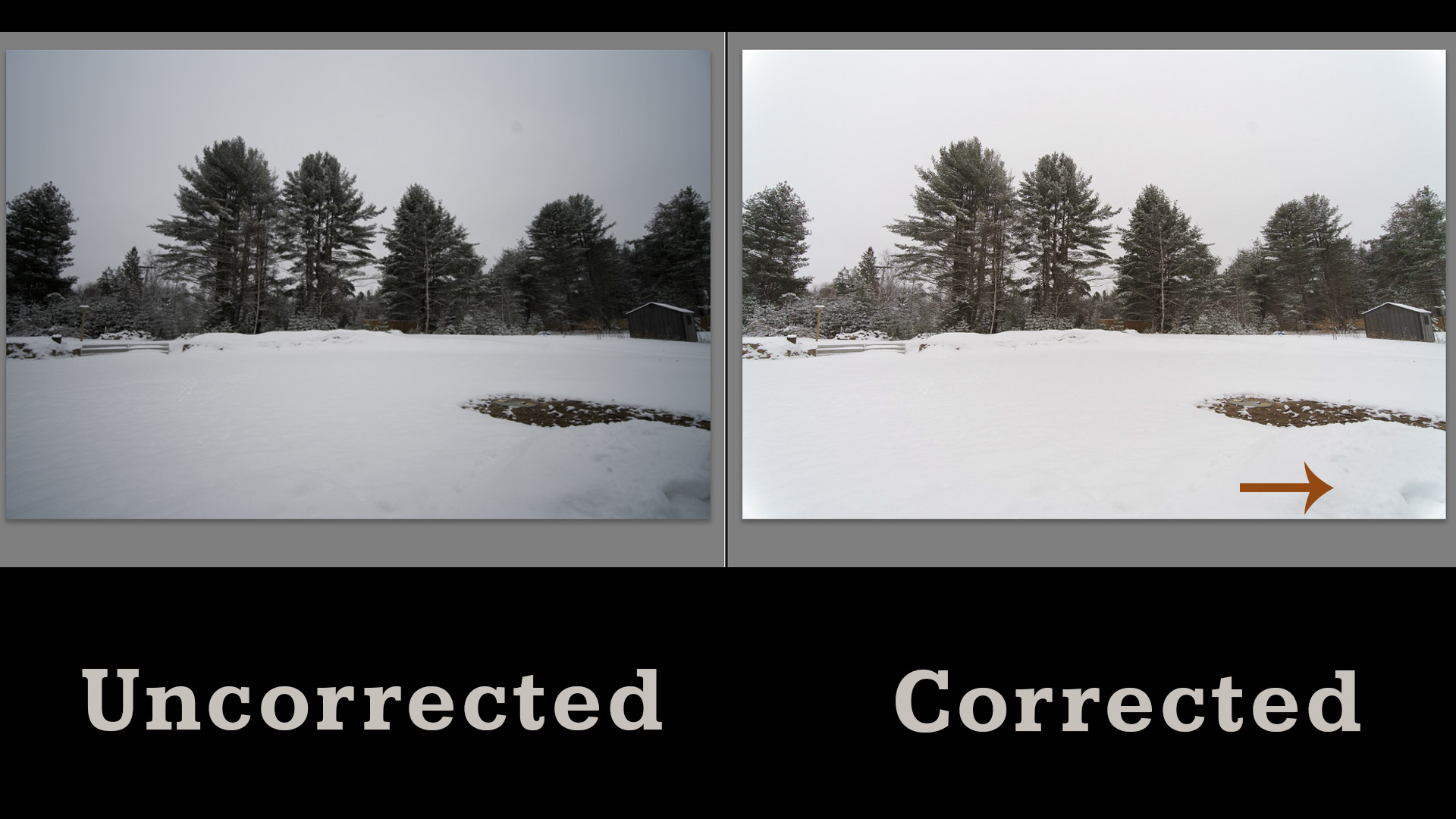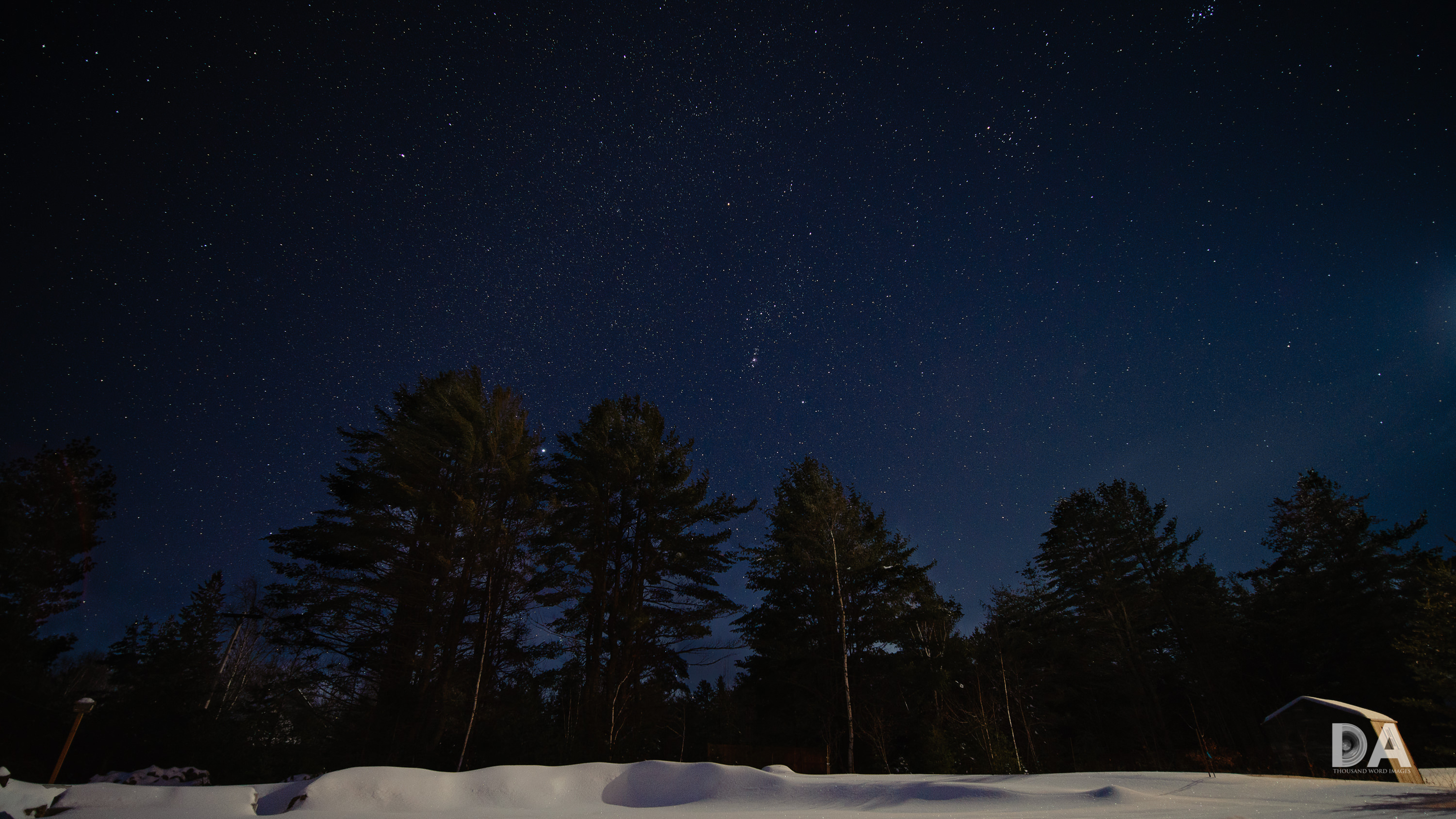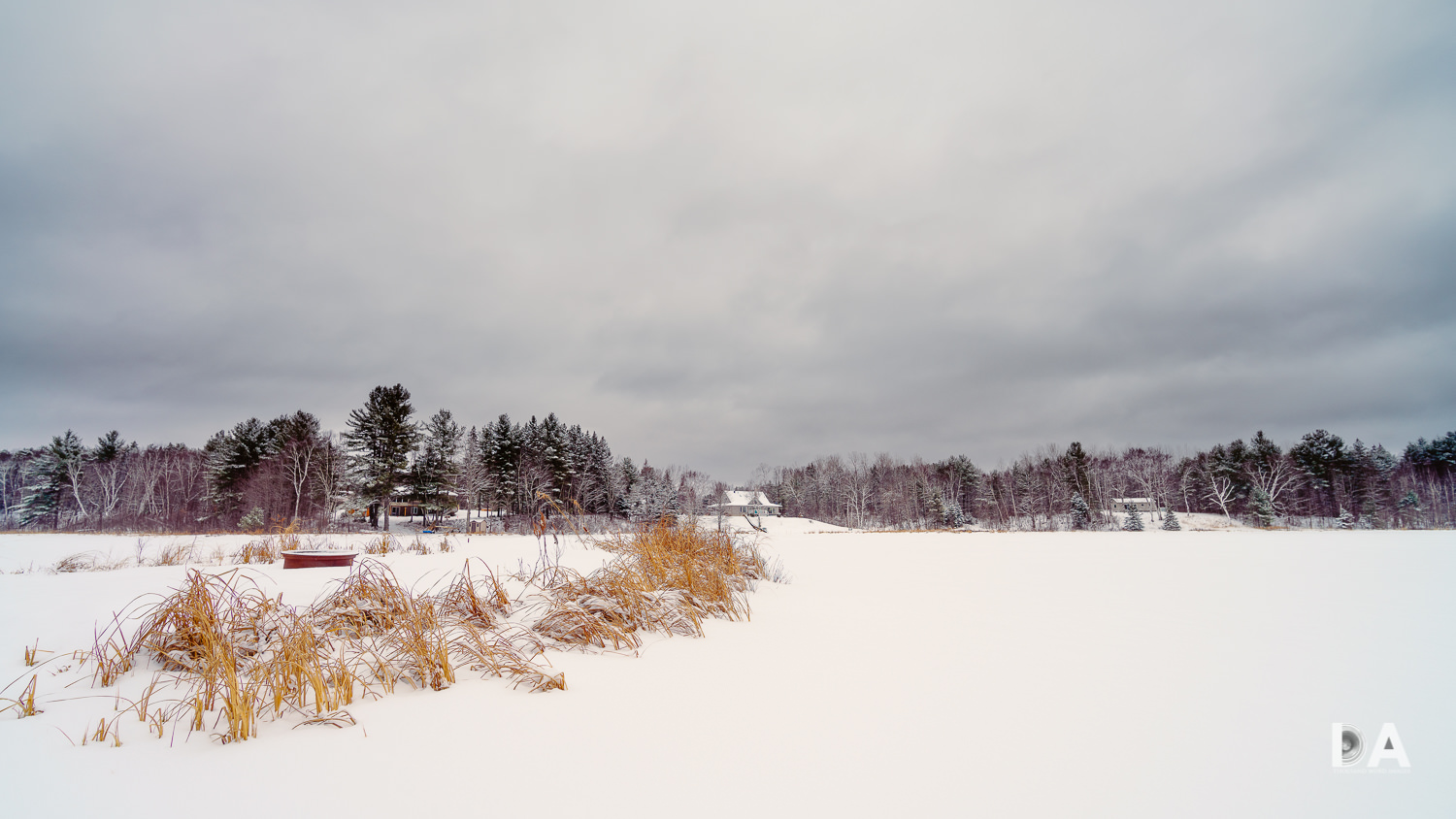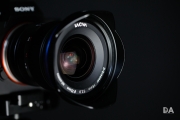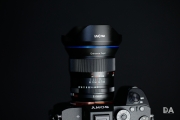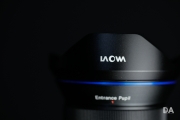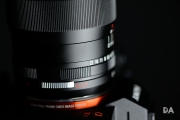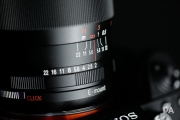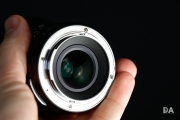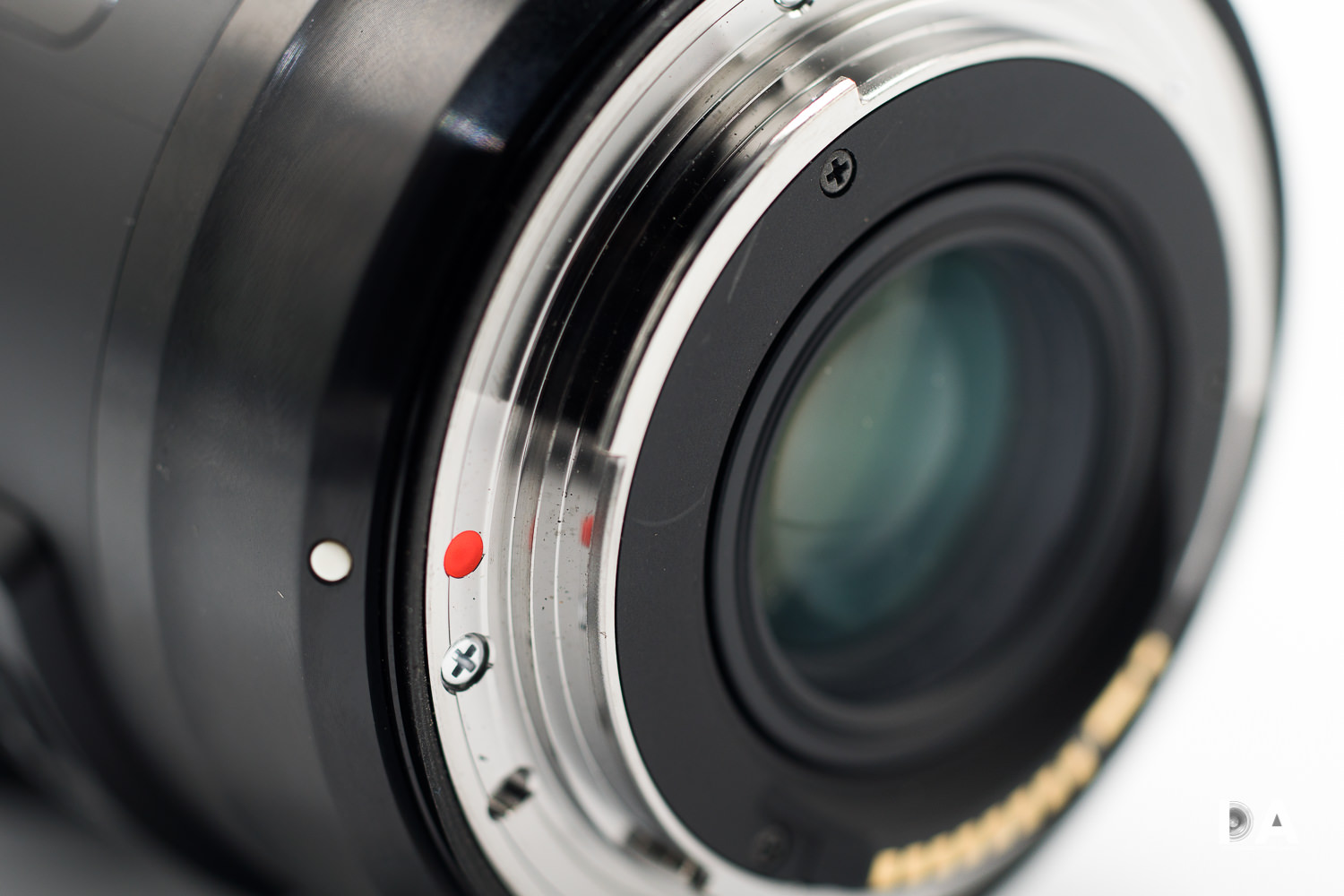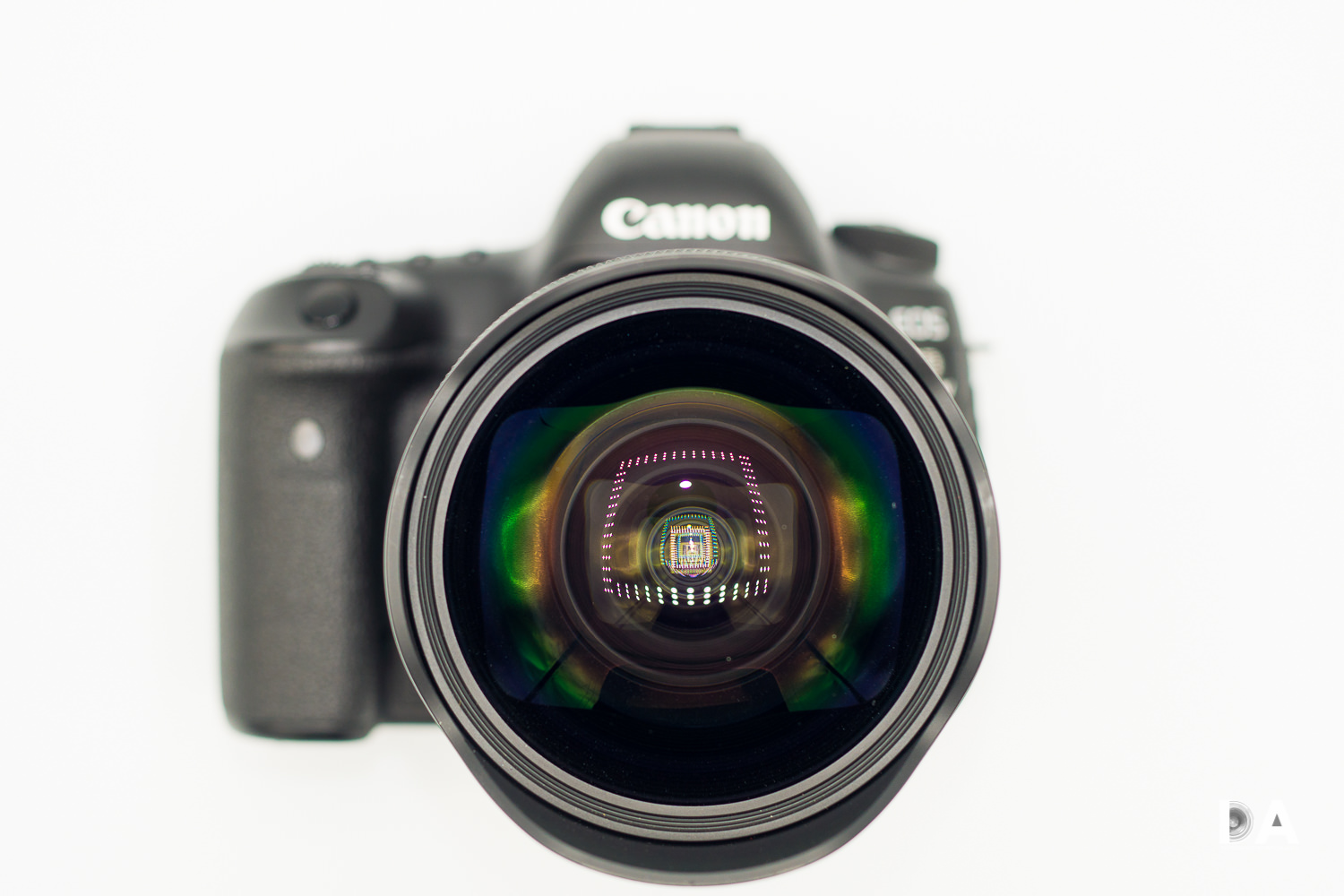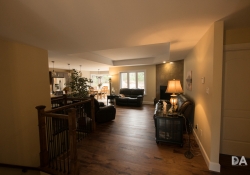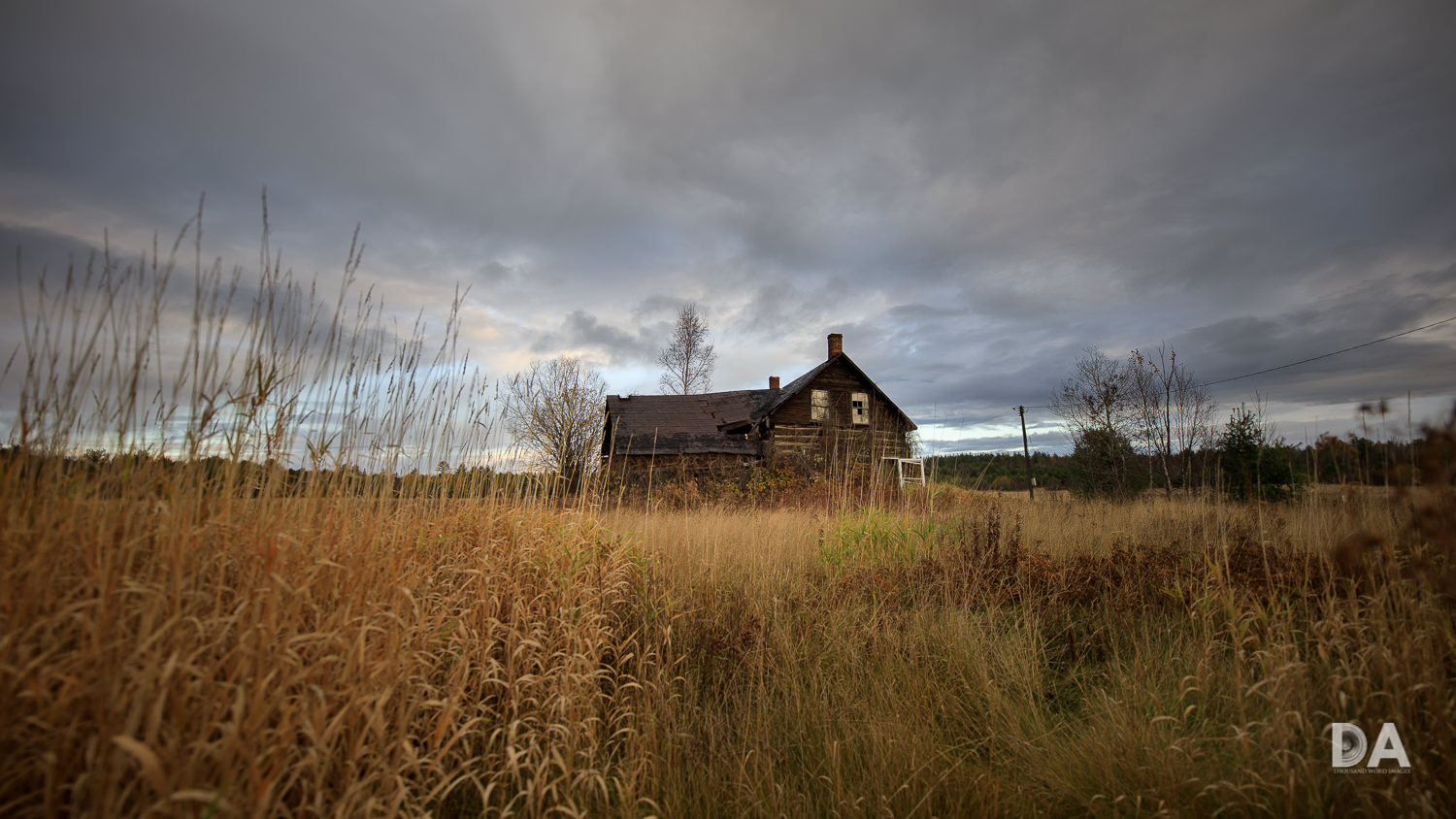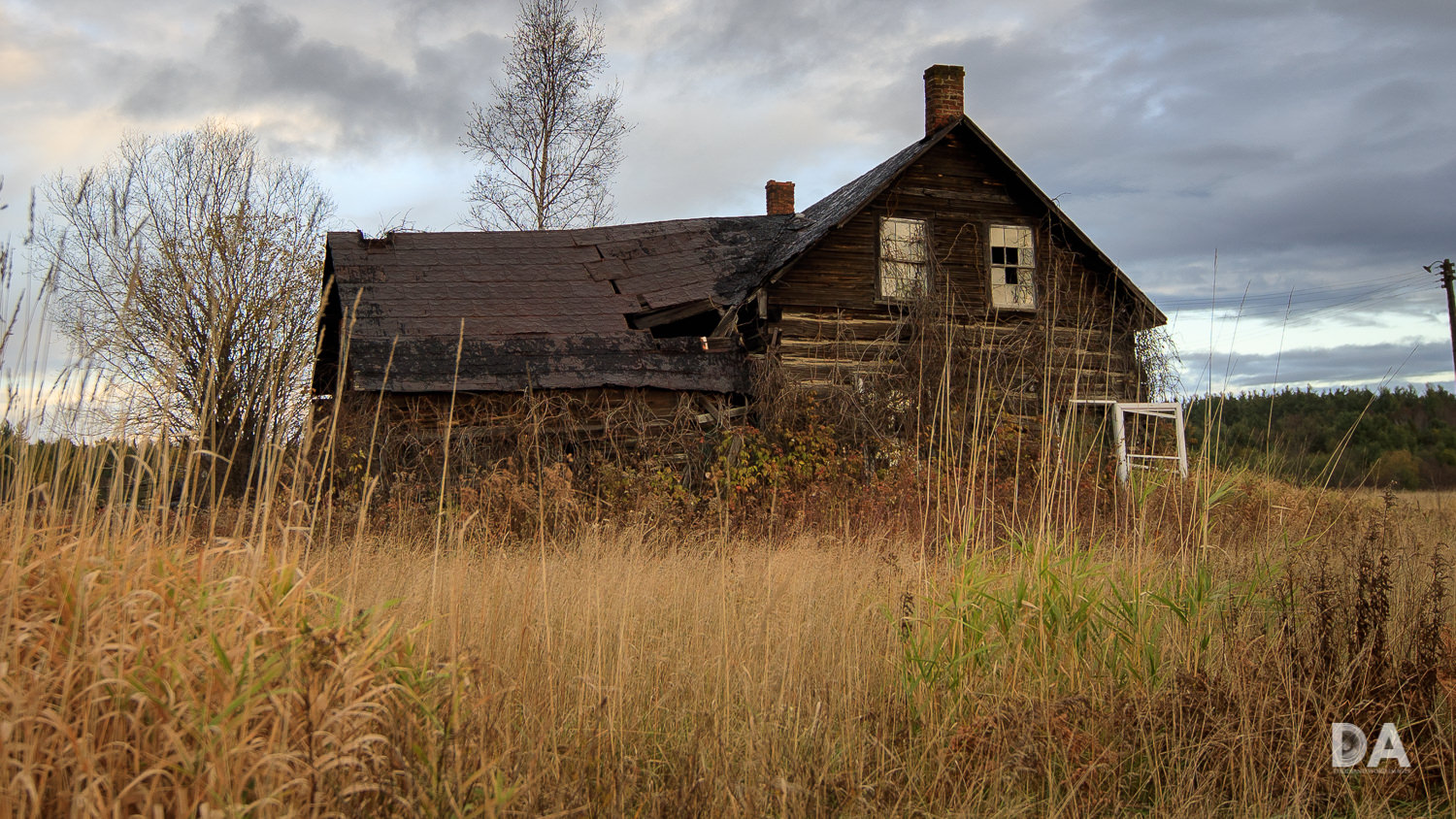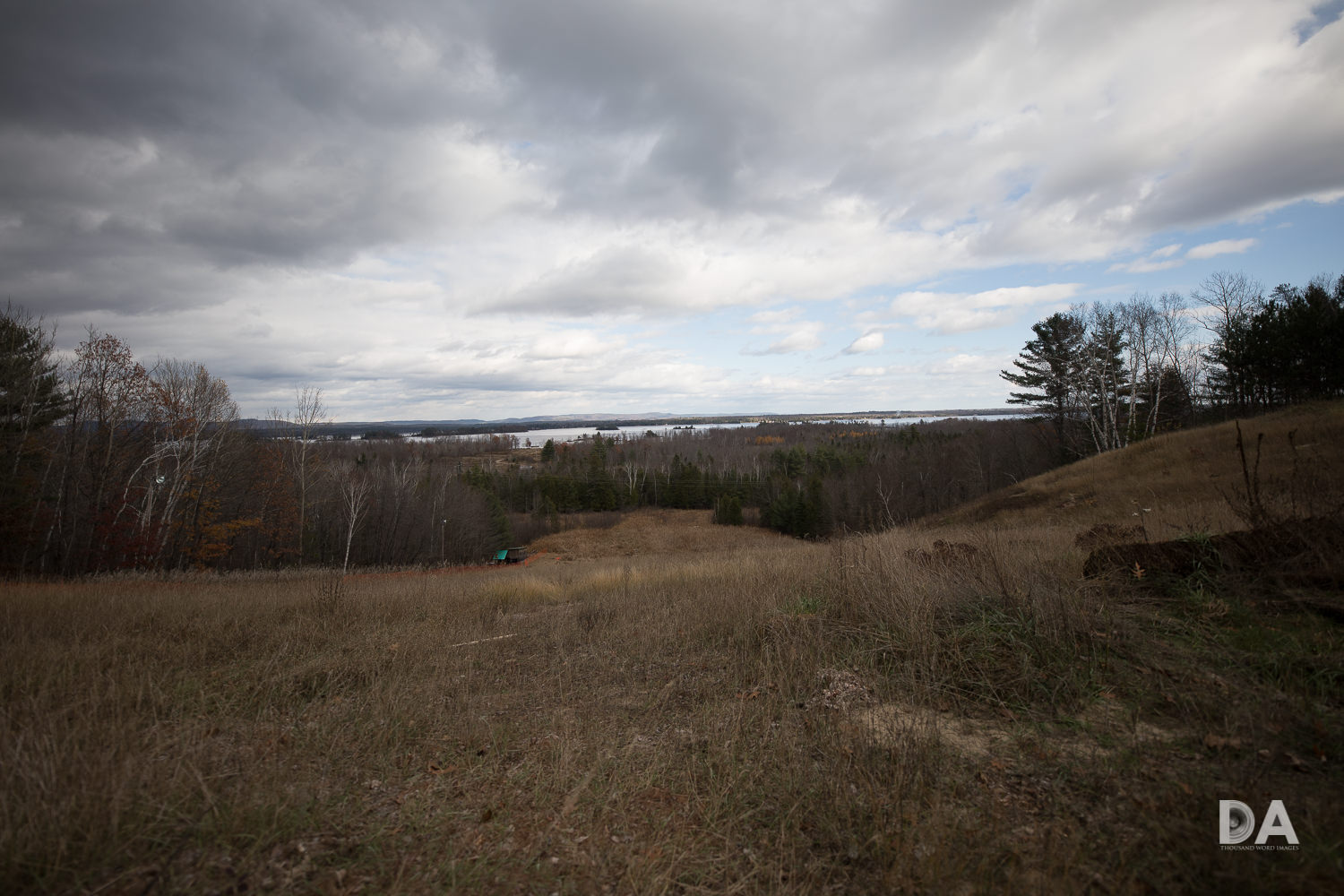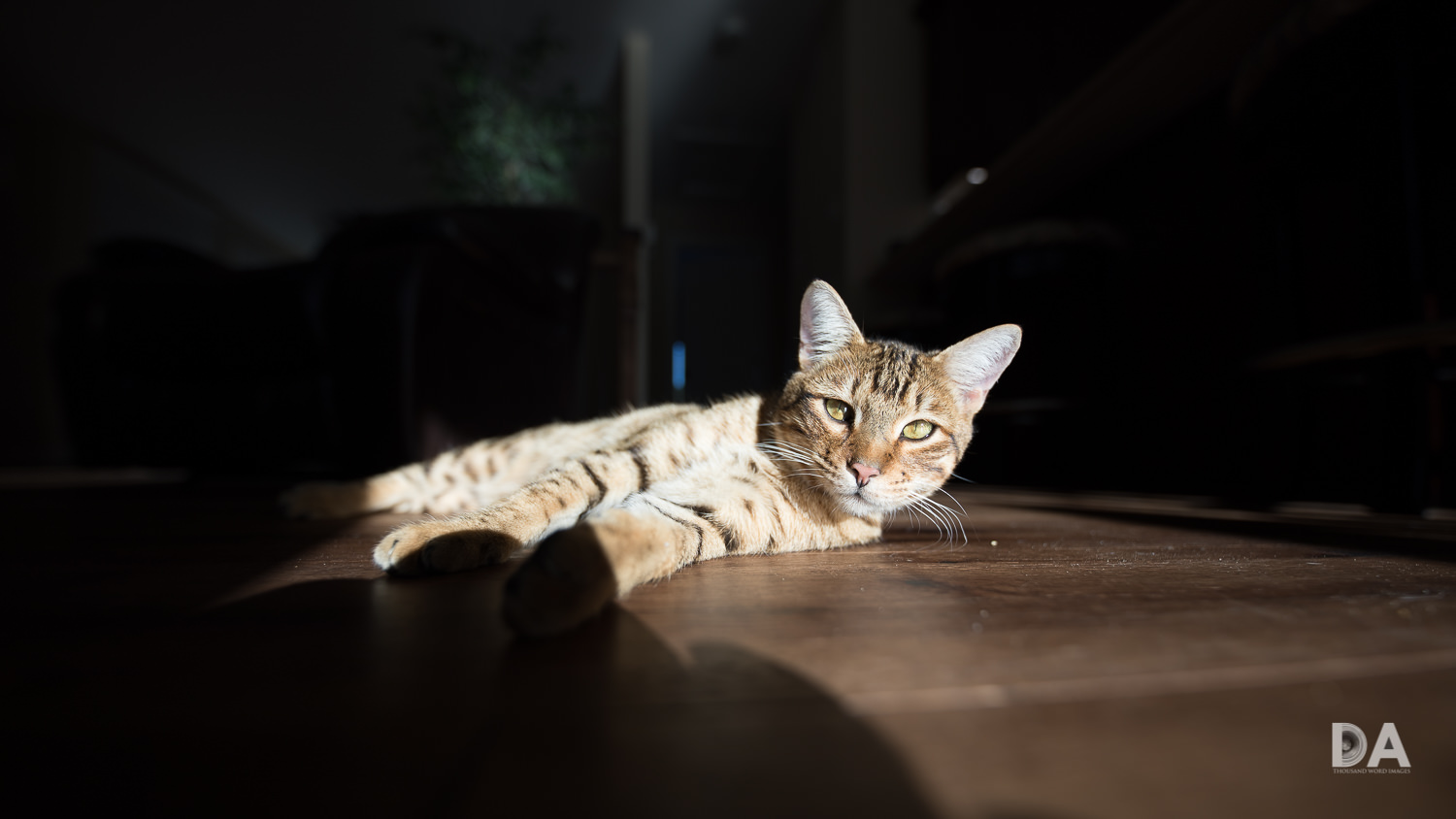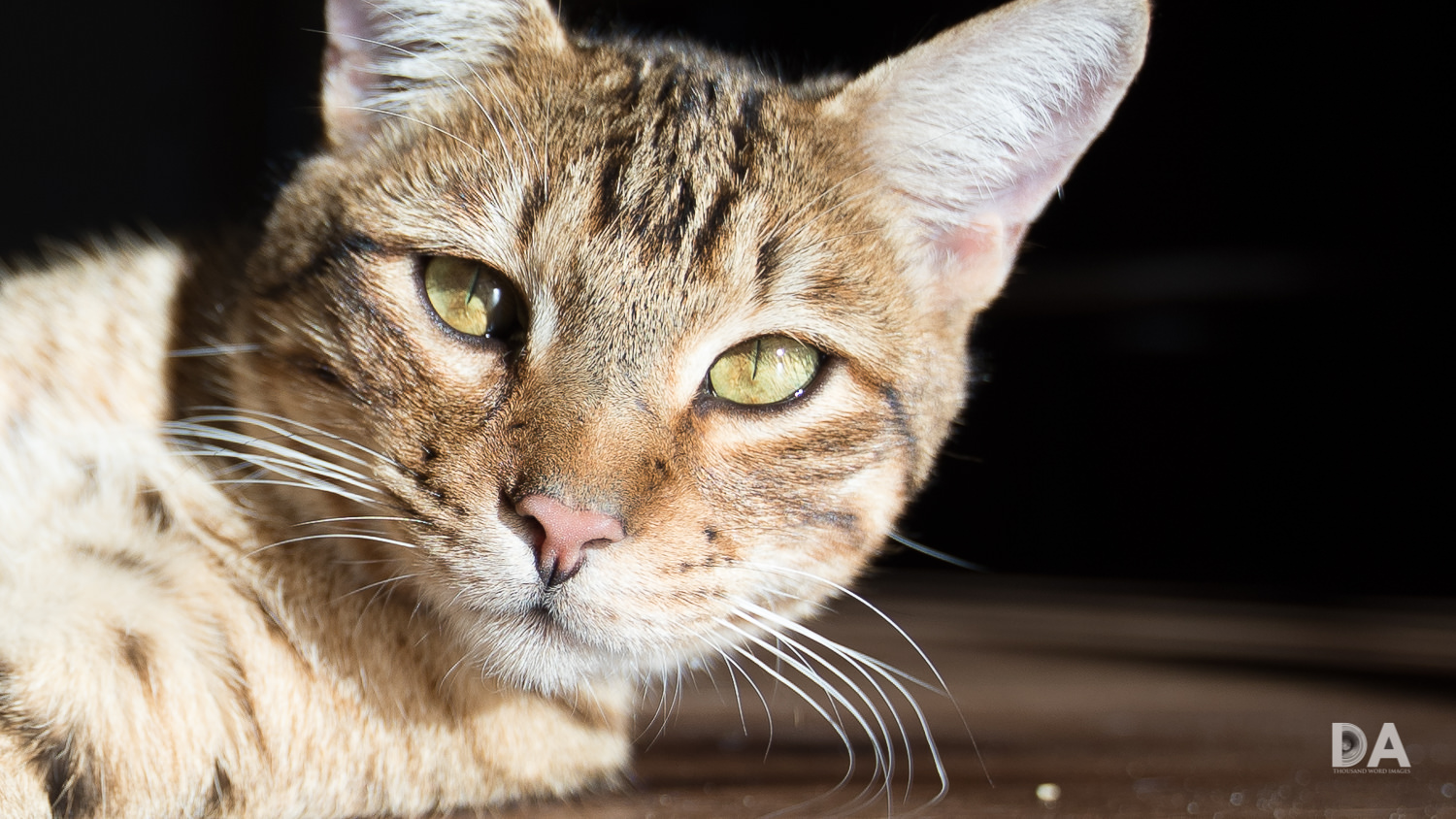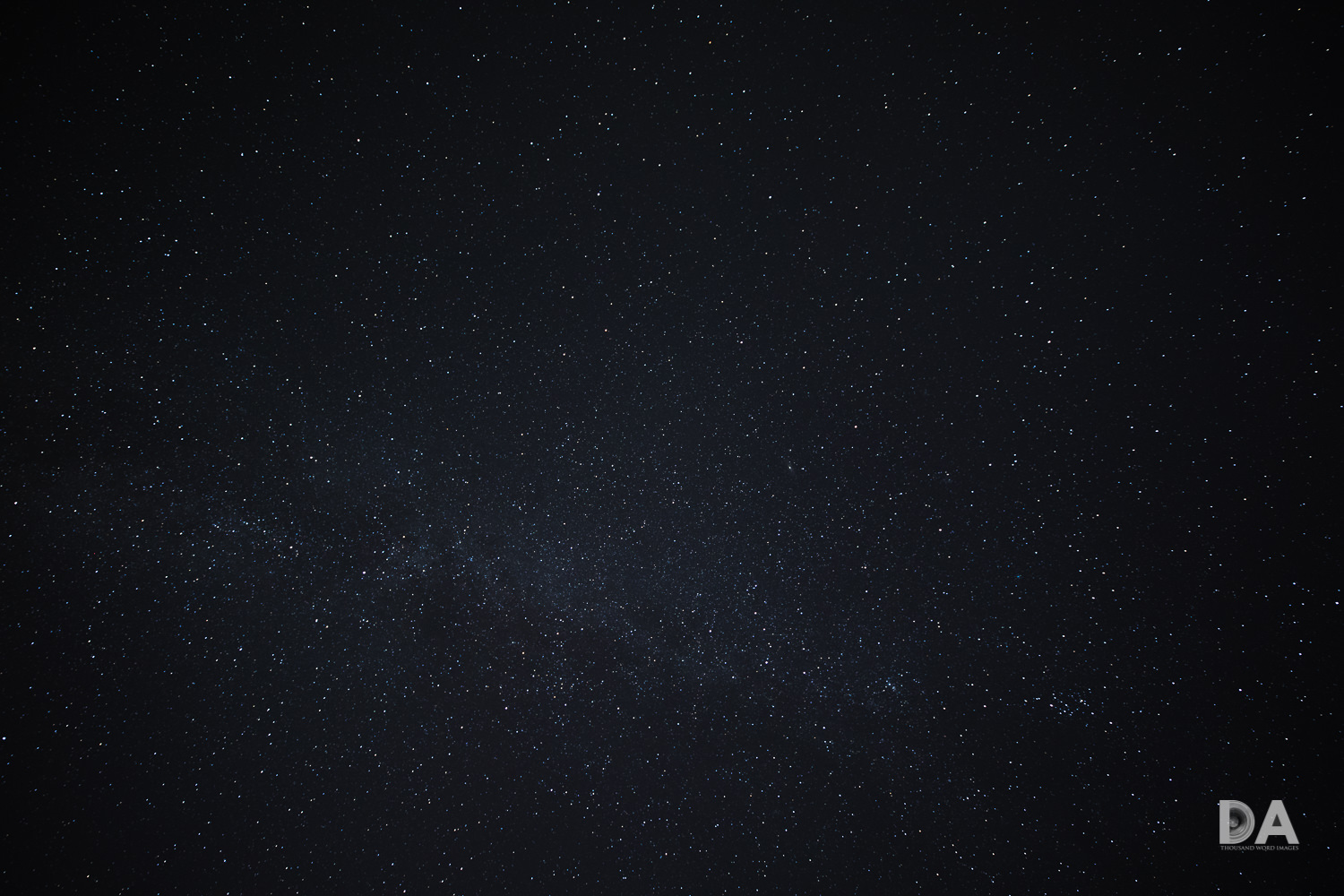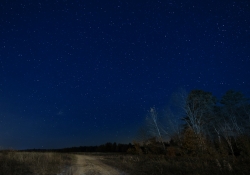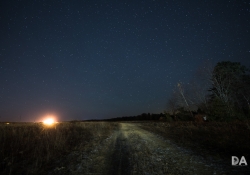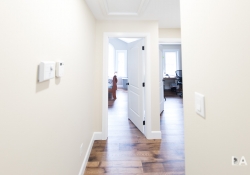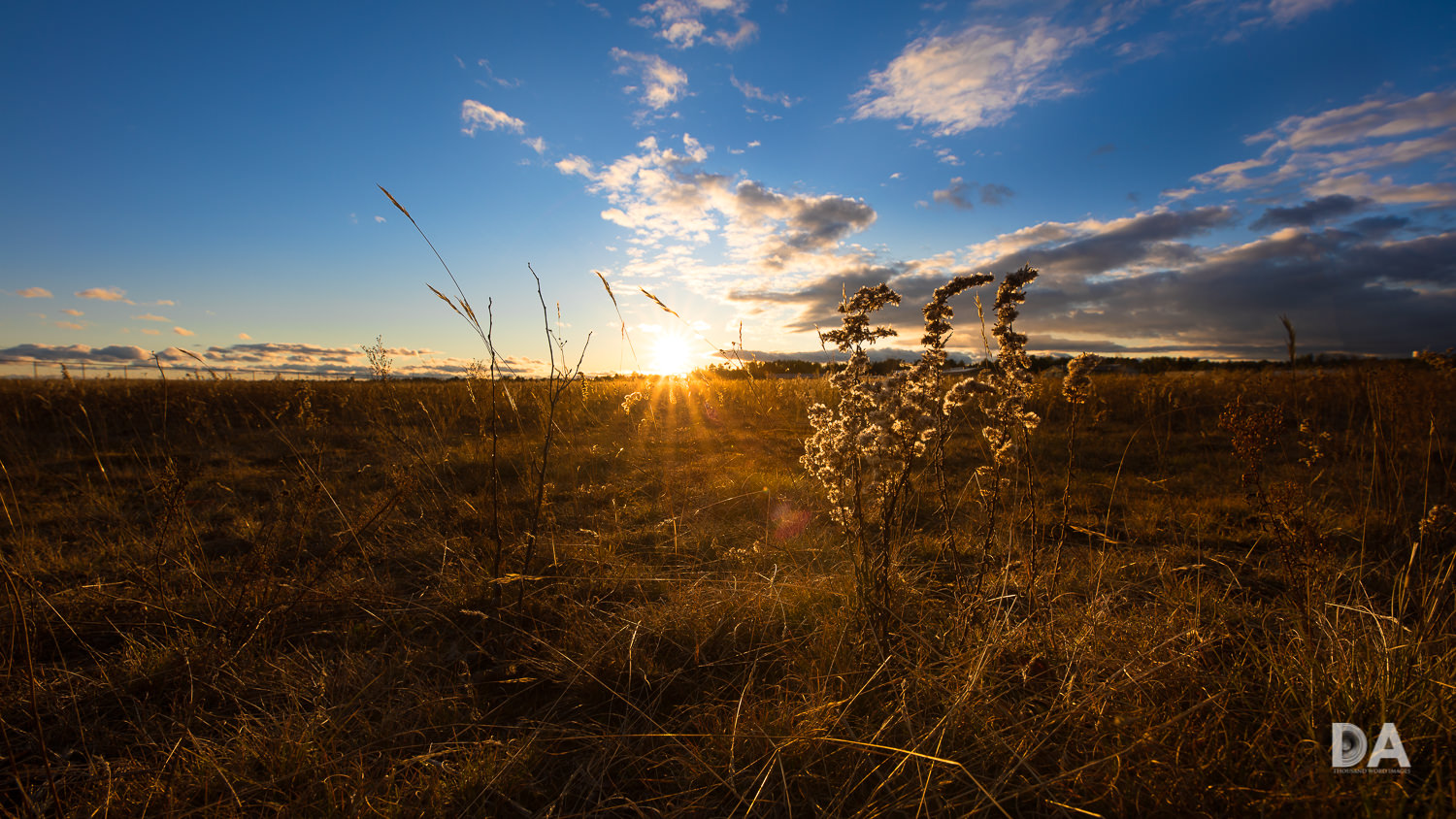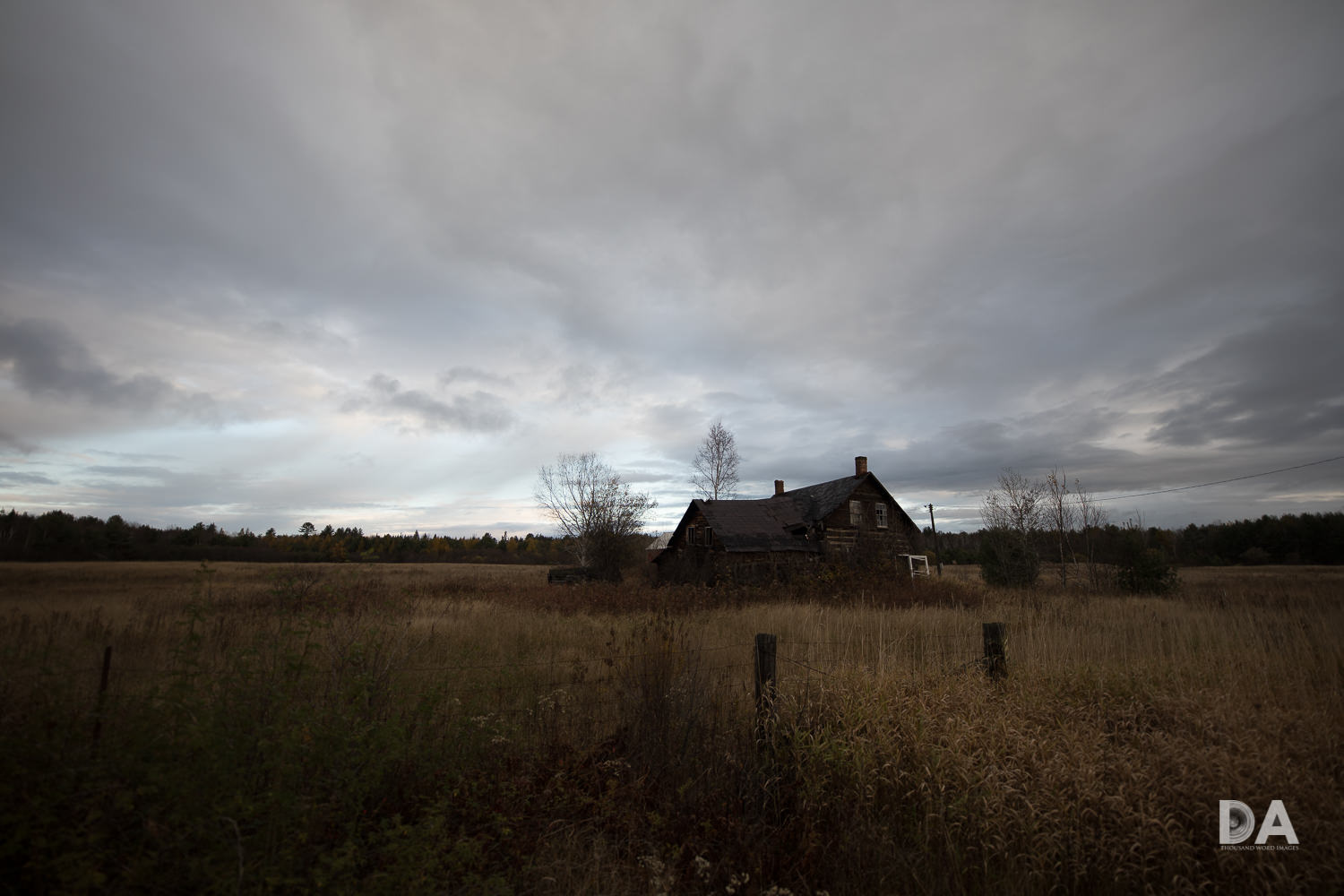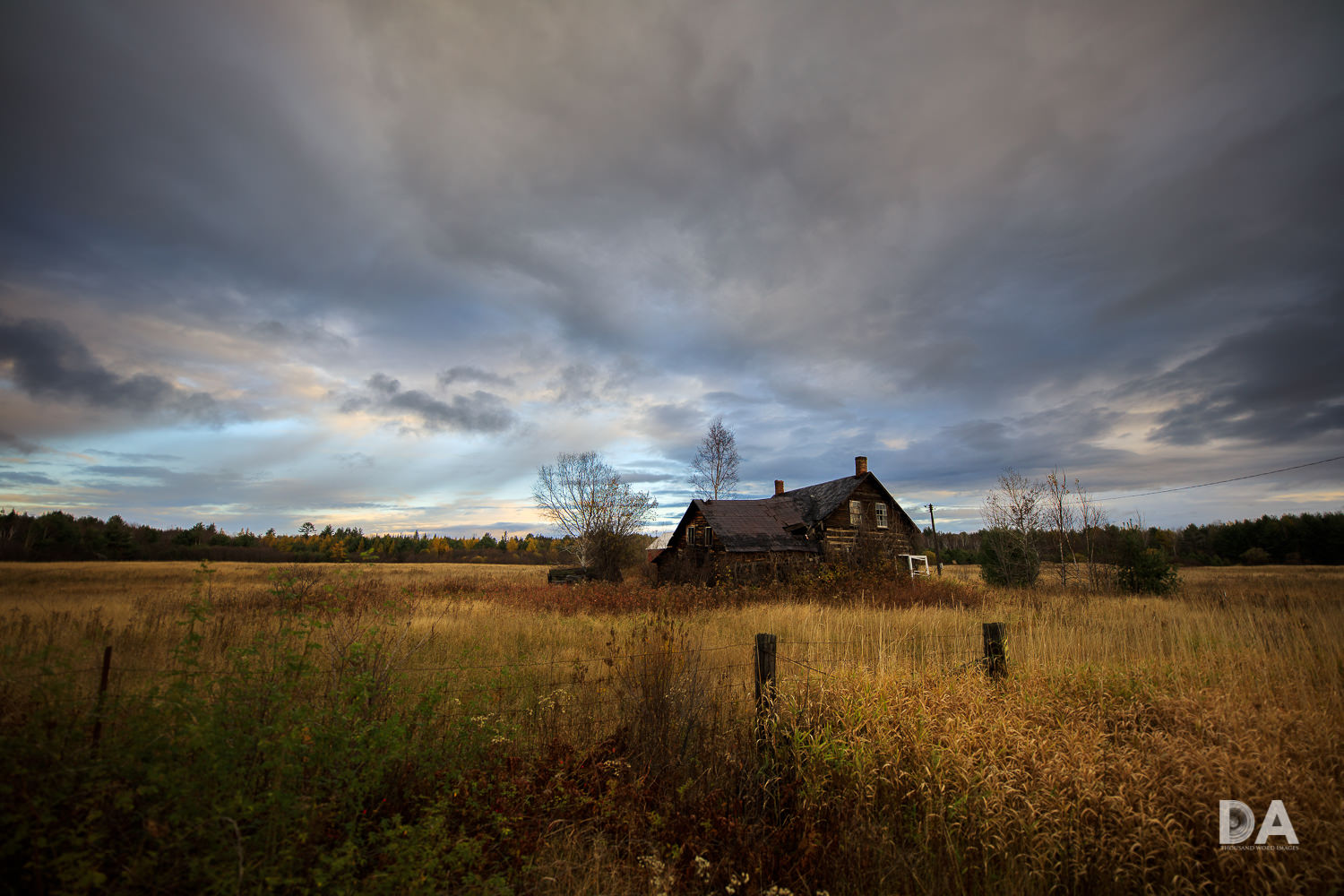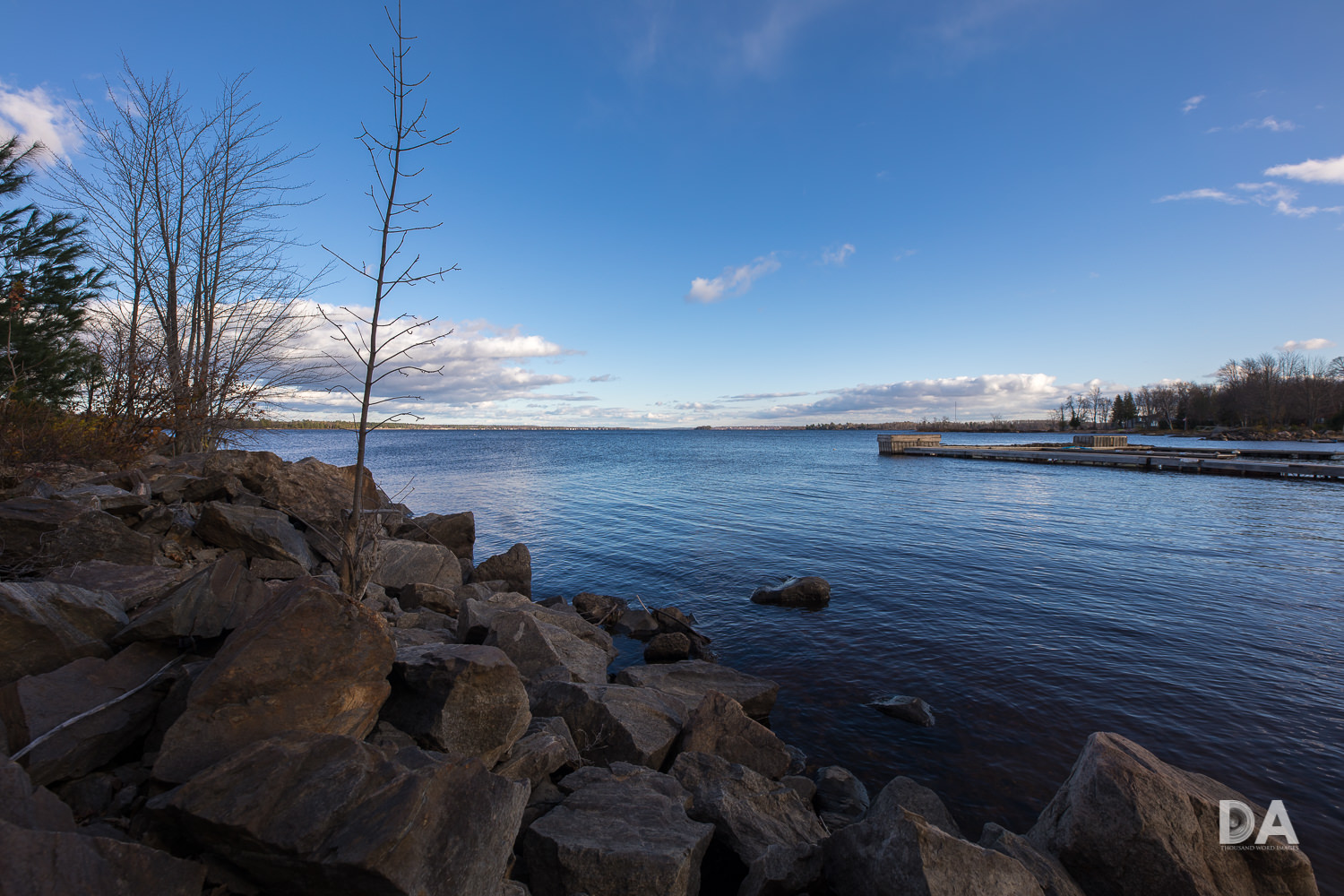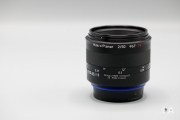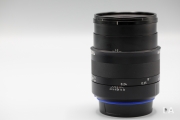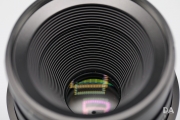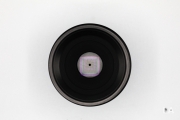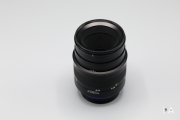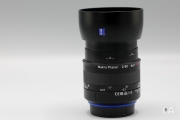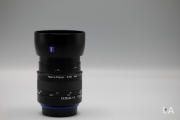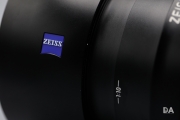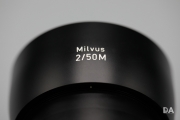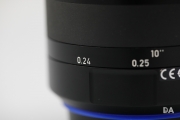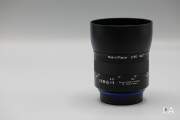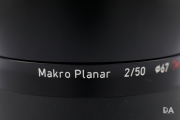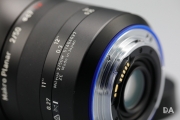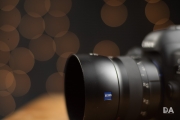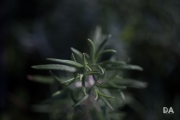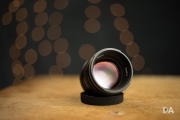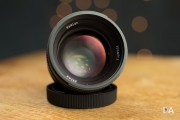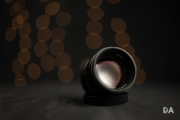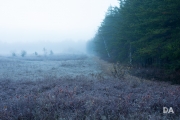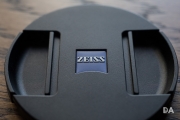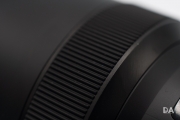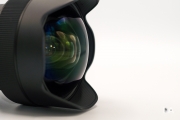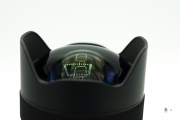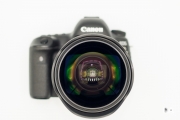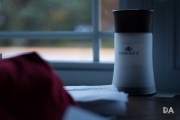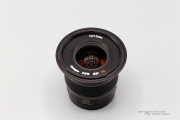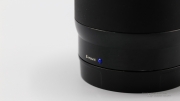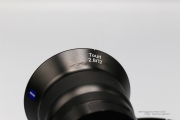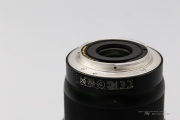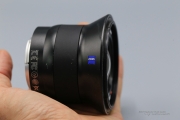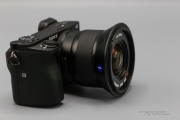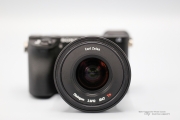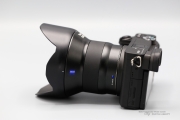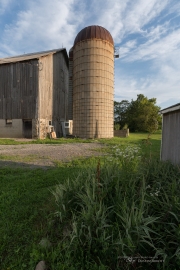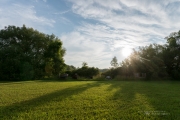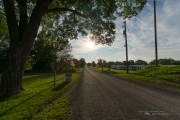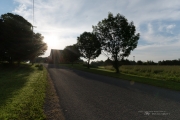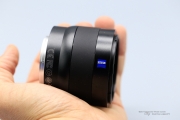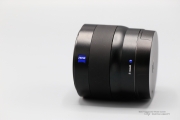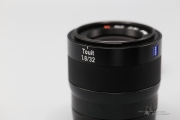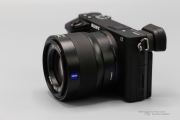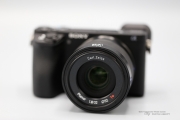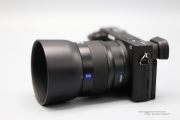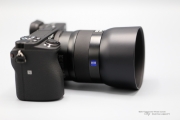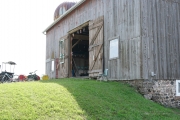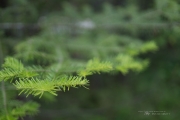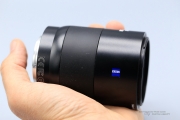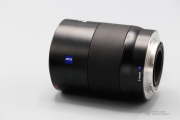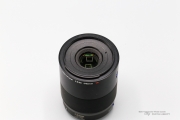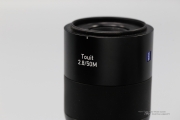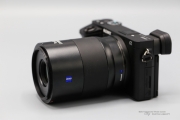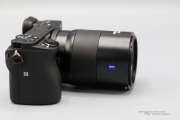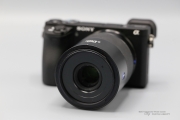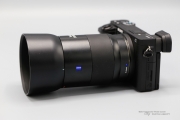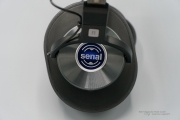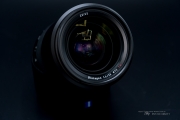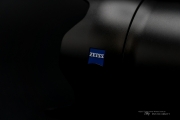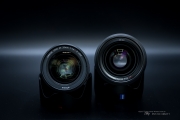Irix 150mm F2.8 1:1 Macro Review
Dustin Abbott
March 25th, 2019
Irix made their mark with a bevy of well-received wide angle lenses, including a super-wide-angle 11mm F4 lens along with a 15mm F2.4 that I reviewed last year. Their most recent lens release has set their sites in a different direction – a telephoto macro lens. The Irix 150mm F2.8 1:1 Macro is a very intriguing lens featuring a longer-than-usual focal length, a large maximum aperture, and Irix’ signature quality build. It’s already caught the attention of the industry and has received the iF Design Reward for 2019 – an impressive achievement for such a new lensmaker! 150mm is a fairly unique focal length for a macro lens. There are a large number of macro options around the 100mm range, with a variety of others falling between 35-70mm, but there are relatively few longer telephoto options. There is an older Sigma design at 150mm, and an even older Canon and Sigma option at 180mm, though these lenses are all 2-3x more expensive than the Irix 150M. To be fair, however, they are autofocus lenses, and the Sigma options include very important optical stabilizers, but if you are someone who does most of your macro work on a tripod and would actually prefer a manual focus lenses for the superior quality of focus, then the Irix 150M is going to be a great option for you. Read on to find out why…
Check me out on: Patreon | Sign Up for My Newsletter | Instagram | Facebook | Twitter | Flickr | 500px
Prefer to watch your reviews? Check out my full video review here:
Irix 150M Build and Handling
The new Irix 150M comes in a Canon EF (reviewed here), Nikon F, and Pentax K mounts. Irix has impressed me with the build quality of the two lenses that I’ve reviewed from them thus far. There’s a lot of attention to detail, and in a well-established industry where there are relatively few new ideas, I’ve been impressed to see Irix deliver some features that I’ve not seen before. The best way to get all of the information is by watching my first look video episode here:
A case in point of that great attention to detail starts with the packaging, and the standout here is the fantastic molded case design. It is both more stylish and more functional than just about any case I’ve seen before. It is molded to the shape of the lens and thus allows a fairly robust lens to fit in a surprisingly compact space. It has a nice padded handle, quality zippers, and a lot of style. Sigma lenses also have nice, padded cases, but they are square and require a lot more storage space than that of the Irix 150M. I feel like this case is compact enough that I would actually use it!
The Irix 150M is a manual focus lens, which is less of an issue with a macro lens than if it were a standard telephoto. It also lacks image stabilization, which is arguably the greater liability. This is a fairly long focal length, so doing handheld macro work is pretty much out of the question. I found that true even with the 70mm F2.8 Macro ART lens from Sigma I reviewed last year, so you can only imagine how much truer that is of a lens with a focal length more than twice as long. The relatively fast maximum aperture helped make it only a minor issue for me when shooting normal (non-macro) work, though you do have to be very intentional about keeping that shutter speed up to avoid motion blur. I was aware of that and didn’t really have any issues. Basically all of the non-macro shots in this review (and the image gallery) were shot handheld, and I don’t recall any images lost to motion blur. I also didn’t shoot below 1/200th of a second when shooting handheld to make sure that wasn’t an issue. Here’s a fairly close image to show that it can be done:
While a lens with this focal length can double as a nice portrait lens and even general purpose telephoto lens due to being able to really compress backgrounds, the main purpose here is macro work. Both the lack of autofocus and the lack of image stabilization is offset in this purpose, as serious macro work requires a tripod and most macro photographers prefer manual focus for precision control over the incredibly tiny depth of field at macro distances. If that describes your kind of macro work, then the Irix 150M is going to be a great value lens for you. Why?
There are a number of reasons to choose a 150mm macro lens over a shorter focal length. The Irix 150M gives you a longer working distance than, say, the Canon EF 100mm F2.8L IS Macro lens (13.58″ / 34.5 cm vs. 11.81″ / 30 cm). It’s not a massive difference, but it is enough to allow for more light on your subject, a much more compressed background with bigger, softer bokeh highlights, and also more room to avoid scaring a living subject. Look at this comparison:
Even though I’ve moved the Irix 150M a little further away than the Canon to achieve similar framing, the Irix bokeh highlights are much bigger and softer. The Irix has also let extra light in by comparison. The ability to really blow out backgrounds is one strong reason to consider a longer focal length in a macro lens.
The flipside is that a longer focus length is also less versatile as a general purpose lens. There will be a number of situations where it is too long and the angle of view is too narrow. I think it is important to understand what kind of focal length best suits your purposes.
The Irix 150M is (at least initially) only released in Irix’s “Firefly” build. The “Blackstone” is the more robust build (in terms of more metals used in construction), but frankly, the build quality is already exceptionally good here and more robust materials might just add unnecessary weight. The Irix 150M has both a weather-sealing rubber gasket at the lens mount along with internal seals at 5 key junctures, which provides a solid degree of weather-sealing.
The lens barrel is primarily made of metal alloys, and the internals are all made of metal. The Irix 150M has a satin anodized metal finish that is a lot like that found on Zeiss Milvus lenses.
The focus ring is very wide (about 2 inches), with a pebbled rubber finish that provides good grip, a soft touch material, and unlike the rubberized rings on some other lenses, doesn’t seem prone to collecting lint. It has a unique feature that I like in the form of a raised notch that helps aid grip but also gives an additional point of tactile feedback when you are, say, looking through the viewfinder rather than at the ring itself.
The focus ring moves smoothly (though not Zeiss-smooth) without any “hitches” at any point in the focus throw. The focus throw is long (always expected in a macro lens) but not excessively so. I calculate it at somewhere near 275 degrees of rotation. The Irix 150M is an internally focusing lens, so nothing changes length or extends during focus. This makes the external dimensions a constant 3.43″ (87mm) in diameter (with a common 77mm front filter thread) and 5.04″ (128mm) in length. This is “large side of medium” lens, with a weight of 1.81 lbs (840g). The ratio of build quality to heft seems about right, however, particularly when you consider that 70-200mm F2.8 zooms run more in the 1400g+ range.
In what is a somewhat surprising move considering the price, a tripod collar is included. I don’t know of any other macro lens in this price range that includes one. It’s a nice design, too, with a compact, non-bulky design of nice grade lightweight metals. It can be fully rotated and removed, and the foot is Arca-Swiss compatible, meaning that you can clamp it right down on many tripods without the need for a quick release plate. Though the lens is not heavy in an absolute sense, a tripod foot is welcome because it helps with balance. Balance in a macro lens is important, as you will often be using it on a tripod in odd positions and good balance of the lens/camera weight makes balancing the whole setup easier.
I also like the fact that if you remove the tripod collar the branding information on the tripod collar is repeated underneath and etched into the lens barrel. Some lenses look incomplete when the tripod collar is removed, but that’s not the case here.
Another unique Irix design feature is a focus tension ring. This enables you to either lock in a focus position and prevent any inadvertent bumps to the focus ring to change focus or to introduce more “drag” onto the focus ring if you are making fine adjustments.
It’s a nice feature that works well in real-world shooting, though how much you need it will depend on what you are doing.
Another nice design element is the aperture iris. It has 11 rounded aperture blades that definitely retains a more circular shape when stopped down than lenses with fewer blades.
The aperture is electronically controlled (electromagnetic), and thus communicates EXIF information properly back to the camera as well. You control the aperture from within the camera like autofocus lenses.
The Irix 150M also includes a fairly deep and otherwise unremarkable lens hood, though it’s worth noting that a Canon lens at this price point probably wouldn’t come with one.
You can probably tell that I’m quite pleased with the basic design of this lens. It’s clean, functional, and well built without being excessively heavy or large. I’m personally somewhat tired of the trend towards ever-larger-and-heavier lenses, and Irix has shown the proper restraint here. This lens is actually smaller in dimensions that Canon’s 200mm F2.8 lens, an older design that most consider relatively compact. The Irix 150M has a nicer build grade than that lens, and is a macro lens to boot.
Irix 150M Image Quality
The Irix 150M has fairly simple optical formula, but one that definitely works. It is 12 elements in 9 groups. The Sigma 150mm F2.8 Macro is a far-more-complex 19 elements in 13 groups. Those of you who ascribe to the “less-is-more” philosophy when it comes to lens design will be pleased by Irix’ choice to keep things simple. The Irix 150M delivers a very strong optical performance, besting the Canon EF 100mm F2.8L Macro IS that I’ve used as a benchmark for years. The best way to see the details is by watching this video segment:
There is essentially only one place where the Canon 100L Macro is competitive…and that is in the center of frame at F2.8 where it shows roughly equal sharpness and contrast.
As you move out towards the edges, the Canon starts to soften up and lose some contrast, while the Irix lens stays razor sharp right into the extreme corners.
If you “speak MTF” you can see why – there is very little dip towards the corner in the MTF charts. The Irix 150M has a very impressive MTF performance.
By F4 the superior resolution and contrast of the Irix lens can be seen even in the center of the frame.
The difference is even more obvious in the corners, with the Irix 150M is fantastically sharp at F4. Bottom line is that this is an impressively sharp lens.
The Irix 150M finds a wonderful tension between sharpness/contrast in the plane of focus while retaining a nicely soft defocused region. It’s pretty close to perfect in my estimation.
The lens is incredibly sharp and retains nice bokeh at macro distances, too. It is a true 1:1 macro lens, capable of very high reproduction ratios. That fantastic contrast and exceptionally low chromatic aberrations of any kind results in very pleasing images:
Here’s a few other macro images that I took during my review period. This is an excellent lens for macro.
If there is a fly in this ointment, it’s the fact that the longer focal length paired with no image stabilization in either the lens or the camera bodies it is designed for results in the reality that motion blur can rob a bit of sharpness from images even at shutter speeds like 1/200th second if you are handholding the lens. I would recommend keeping your shutter speeds faster whenever possible, as longer focal lengths like this really do benefit from some stabilization.
It’s for this reason that this is a nice lens to adapt to a Sony body where one can take advantage of the image stabilization. I really like the Irix 150M on my Sony a7RIII, though I did run into one odd quirk. The Irix is the first Canon EF mount lens that didn’t fit onto my Sigma MC-11 adapter properly. The Irix 15mm F2.4 that I have fits fine, but the 150M wouldn’t fully bayonet into place. That could be copy specific to either my MC-11 or the Irix lens, but it was odd. I used a relatively inexpensive Vello adapter instead, and it worked fine, bayoneting properly into place and retaining full aperture control. Just to be safe, I manually set the focal length in Steady Shot to ensure maximum stability. I enjoyed the stabilization and felt more free to shoot handheld with the combination. Images looked great:
Distortion is very low from the Irix, as is vignette. At F2.8 there was considerably less vignette on the Irix than on my Canon macro lens. What little vignette was there I corrected with a value of +36 and a midpoint of 23 in Lightroom. The final image below shows a comparison in a scene where vignette would be highly visible. You can see a bit of vignette at F2.8, but at F5.6 the illumination is essentially perfect. The larger 77mm front filter size seems to pay dividends in this area.
Extremely low levels of longitudinal chromatic aberrations makes the Irix 150M the perfect lens to shoot subjects with shiny surfaces like this vintage camera. It does a beautiful job:
I happened to have some of the Irix Edge filters (Irix’ own line of filters) on hand during my review period, and I loved the intense contrast that comes from pairing this lens with their circular polarizer. Even though my world is a little colorless at the moment, I brought home images with excellent punch combined with lovely bokeh.
Under extreme conditions I was able to produce some flare with the 150M including some loss of contrast (veiling) and a few ghosting artifacts. The veiling reduced with the lens stopped down but a few more ghosting artifacts appeared.
The longer focal length and narrower angle of view suggests that this will be a factor less often than with a wider lens.
There are very few optical flaws to note from the Irix 150M. It produces highly detailed images with great contrast and bokeh. If you can eliminate motion blur from the equation through the use of a tripod or a faster shutter speed, you will love the images you get out of this lens.
Conclusion
When you consider that the Irix 150mm F2.8 1:1 Macro lens comes to market at a price tag of $595 USD, you can’t help but be impressed by the achievement of this lens. It’s no wonder that it has already received a design award, as it features a beautiful build, exceptional optical performance, and such a reasonable price. To be fair, a telephoto macro lens isn’t for everyone, and I would personally have loved to see Image Stabilization as part of this equation for both the occasions you might want to do close focus work and don’t have a tripod but also to enhance the usefulness of the lens as a general purpose telephoto. The nice bokeh and sharpness makes it a nice portrait lens, though DSLRs remain a less than optimal platform for using manual focus lenses which does diminish your keeper rate. I’d love to see this lens released in a Sony FE mount, as it just makes so much sense with the combination of mirrorless focus aids and the in-body-image-stabilization of many Sony cameras (or the new Nikon Z6). Nailing a portrait like was easy with the Irix 150M on a Sony a7RIII.
That’s not to say you can’t make this lens work on a Canon, Nikon, or Pentax DSLR (I’ve got a lot of great photos that demonstrate otherwise!), but my point is that the weaknesses of this lens are really more about the inherit limitations of manual focus lenses on cameras not well designed for manual focus. The lens itself is pretty fantastic, but unfortunately you can’t divorce it from the cameras it was designed for. Still, the incredibly reasonably price means that the Irix 150M has a great price-to-performance ratio, and if you are primarily looking for a super sharp, beautifully handling macro lens to use for macro (on a tripod), then by all means, go for the Irix. If you view a macro lens as more of a general purpose prime lens that can also do macro, you may want to look elsewhere.
Pros:
- Beautiful build with some genuinely innovative touches
- Great price-to-performance ratio
- Inclusion of tripod collar, case, and lens hood
- Fantastic sharpness from F2.8 on and across the frame
- Beautifully soft bokeh rendering
- Excellent contrast ratio
- Extremely low CA
- Distortion and vignette well controlled
Cons:
- Lack of image stabilization means that macro must be done from tripod
- Flare prone in isolated situations
- Nailing focus at medium distances on a DSLR is difficult
Thanks to Irix for the loaner!
Purchase the Irix 150mm F2.8 1:1 Macro @ Irix Store | B&H Photo | Amazon | Amazon Canada | Amazon UK | Amazon Germany | Ebay
Canon EOS 5D Mark IV (5D4): B&H Photo | Amazon.com | Amazon Canada | Amazon UK
Sony a7R III Camera: B&H Photo | Amazon | Amazon.ca | Amazon UK | Ebay
Sigma MC-11 Adapter: B&H Photo | Amazon | Amazon Canada | Amazon UK
Peak Design Slide Lite: Peak Design Store | B&H Photo | Amazon | Amazon Canada | Amazon UK
BenQ SW271 4K Photo Editing Monitor – B&H Photo | Amazon | Amazon.ca | Amazon UK
Adobe Photoshop Creative Cloud 1-Year Subscription
Alien Skin Exposure X4 (Use Code “dustinabbott” to get 10% anything and everything)
Visit Dustin’s Amazon Storefront and see his favorite gear

Purchasing your gear through B&H and these links helps fund this website and keeps the articles coming. You can also make a donation here if you would like. Visit my Amazon page for some of my gear of choice! Thank you for your support.
Great News! I can now offer a 5% discount on all purchases at Amplis Foto, Canada’s Leading Photographic Supplier. Please enter discount code: AMPLIS52018DA in your cart. It is good for everything in your cart, and is stackable with other coupons, too! It will take 5% off your entire order! Proceeds go towards keeping this site going and providing you with new reviews!
Check me out on: My Patreon | Sign Up for My Newsletter | Instagram | Facebook | Twitter | Flickr | 500px | Google+ |
Use Code “DUSTINHDR” to get $10 off ($15 CDN) Luminar and/or AuroraHDR
Keywords: Irix 150mm, 150mm Macro, Irix 150 Macro, Irix 150mm Macro, Irix 150mm Macro Review, Irix 150 Review, Irix 150mm Review, Irix, Macro, Review, 150, 150mm, Dustin Abbott, dustinabbott.net, Lens Review, Sample Images, Video Test, Sharpness, Bokeh, Build Quality, Real World, Comparison, Photography, 1:1, 1:1 Macro, Canon 100mm F2.8L IS USM, Resolution
DISCLAIMER: This article and description contains affiliate links, which means that if you click on one of the product links, I’ll receive a small commission. As an Amazon Associate I earn from qualifying purchases.










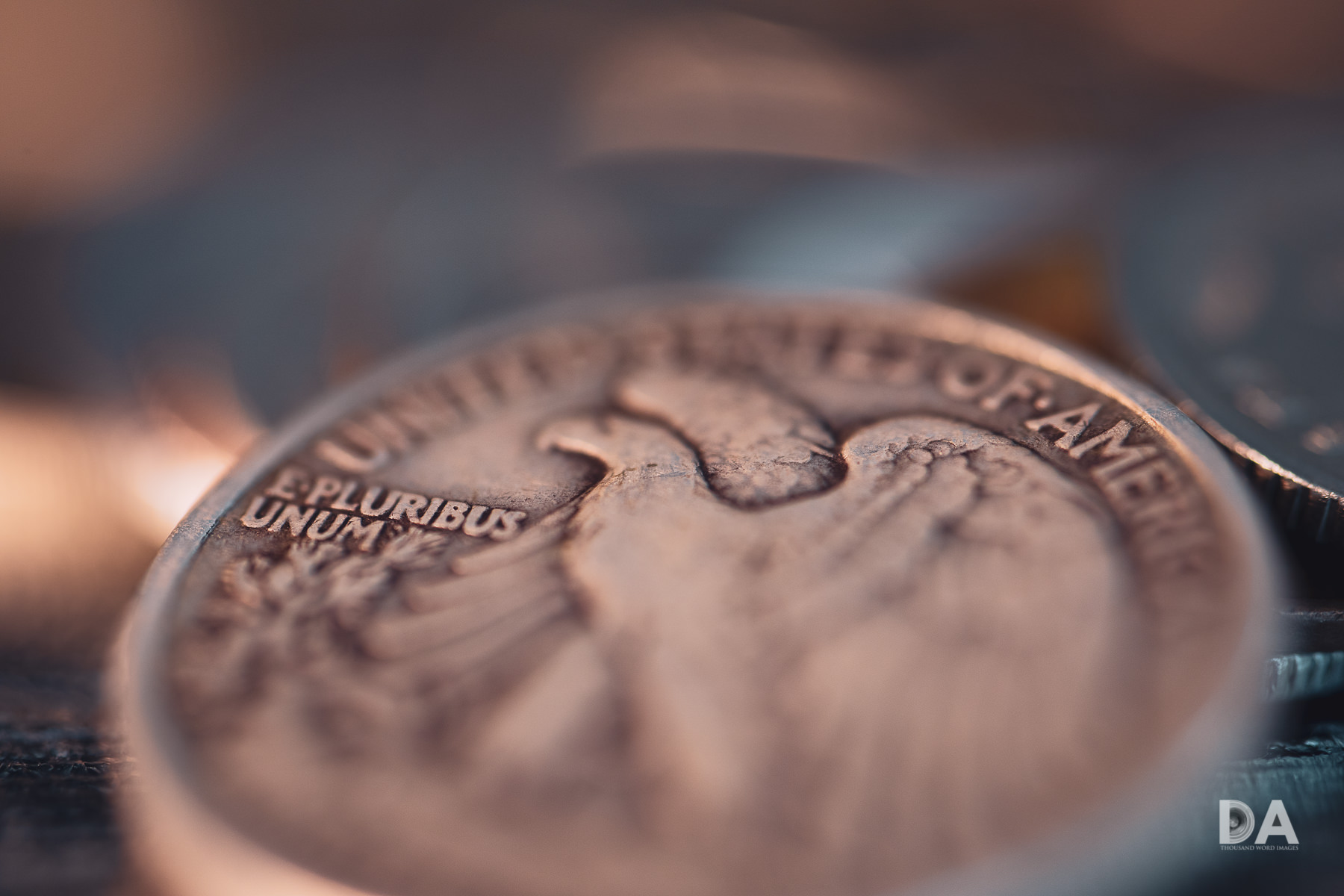

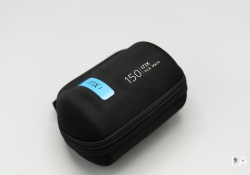
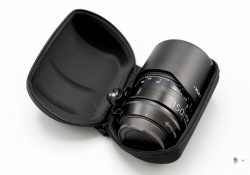

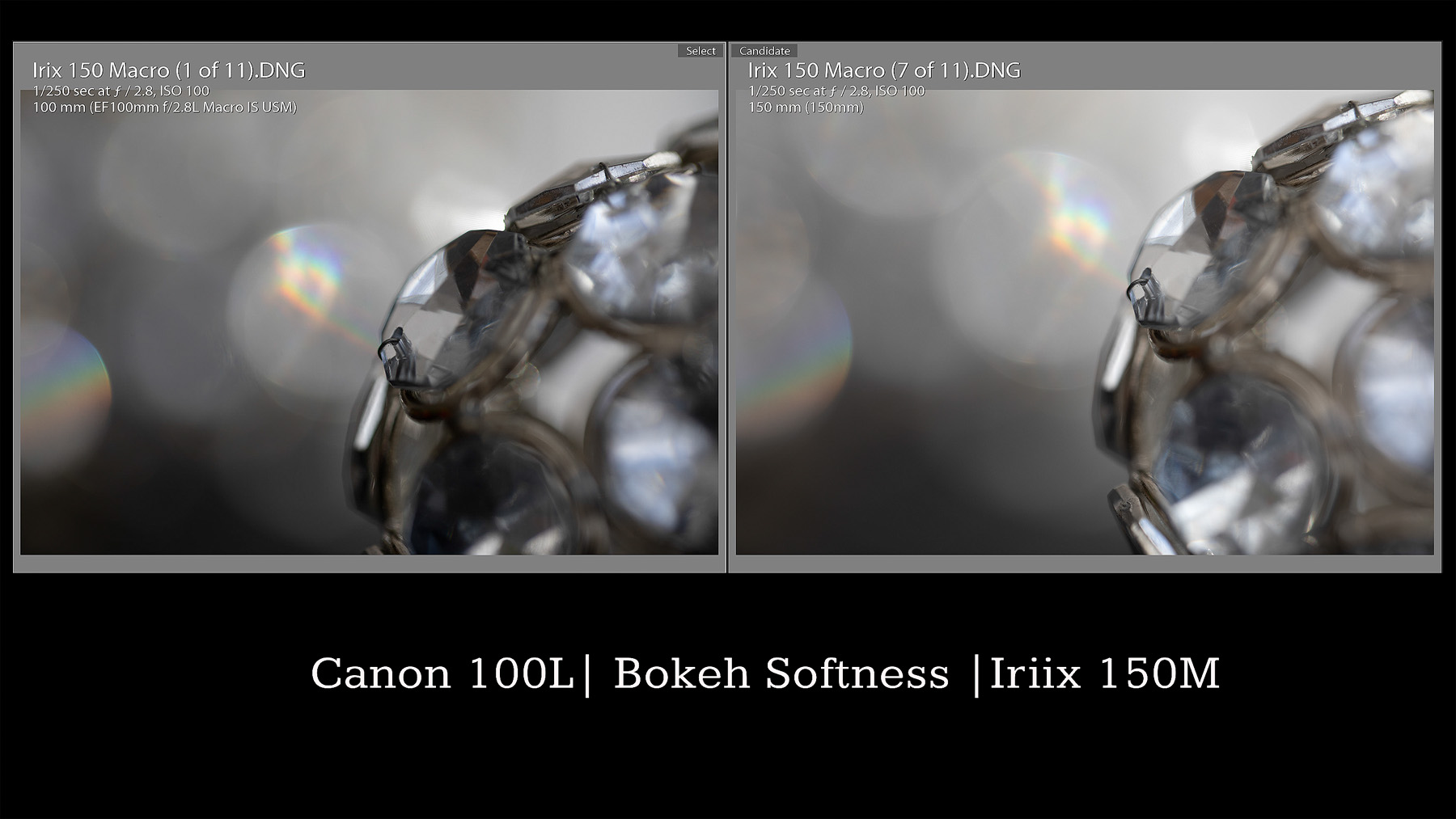


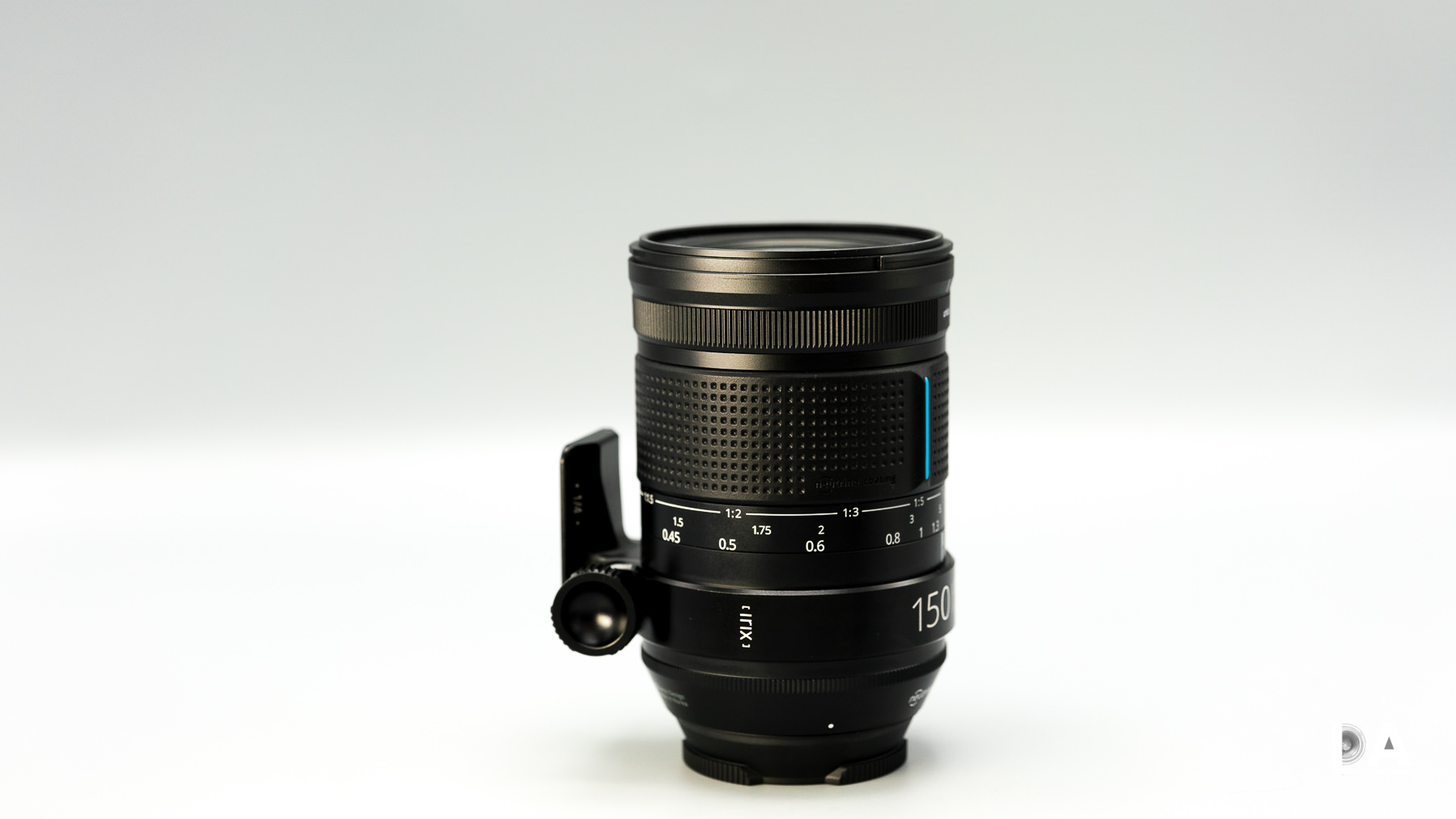
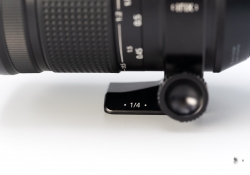
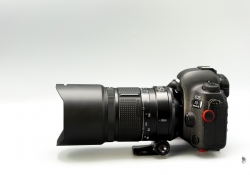
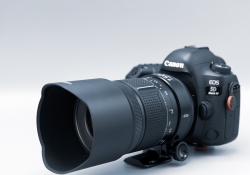

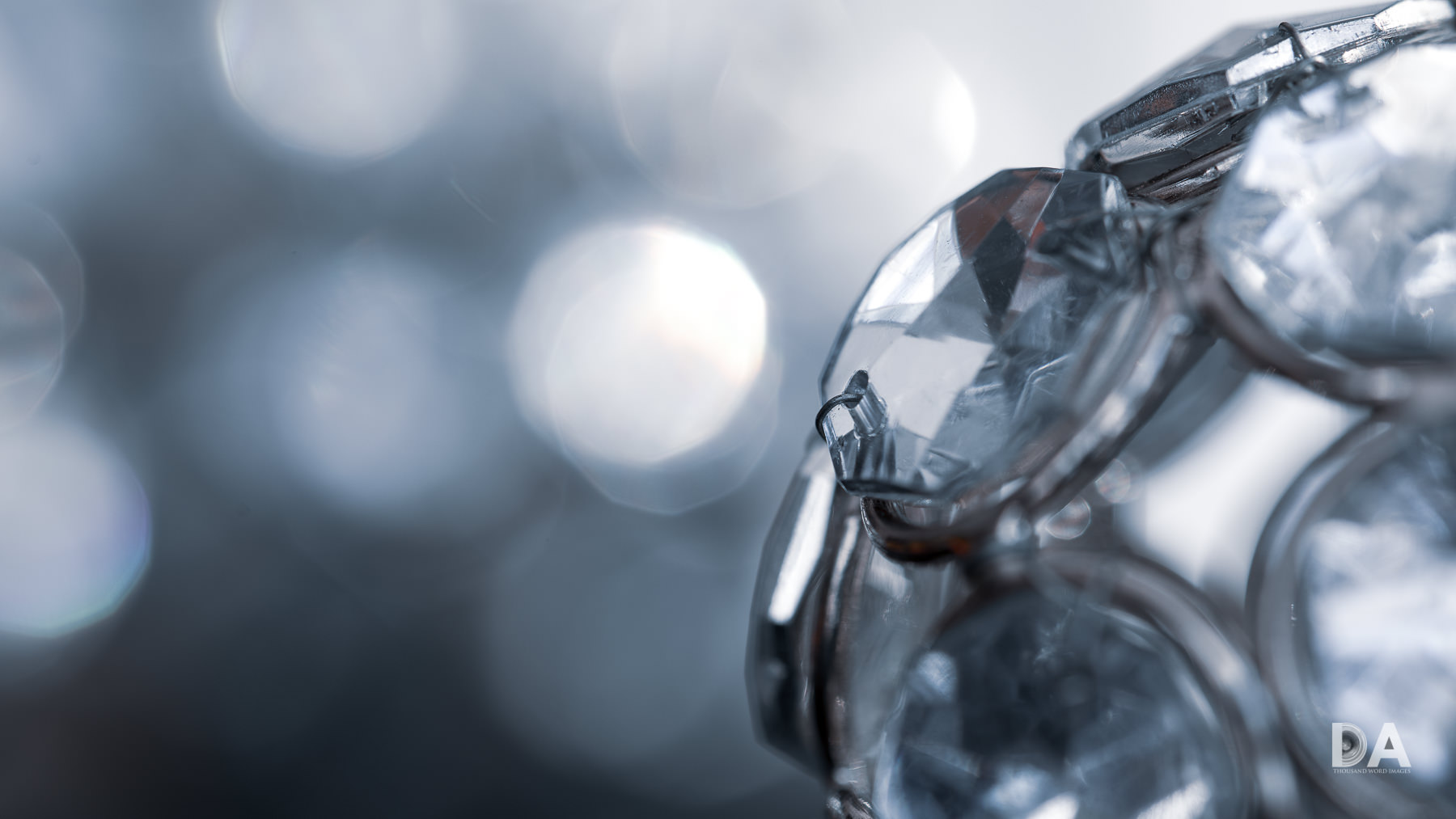
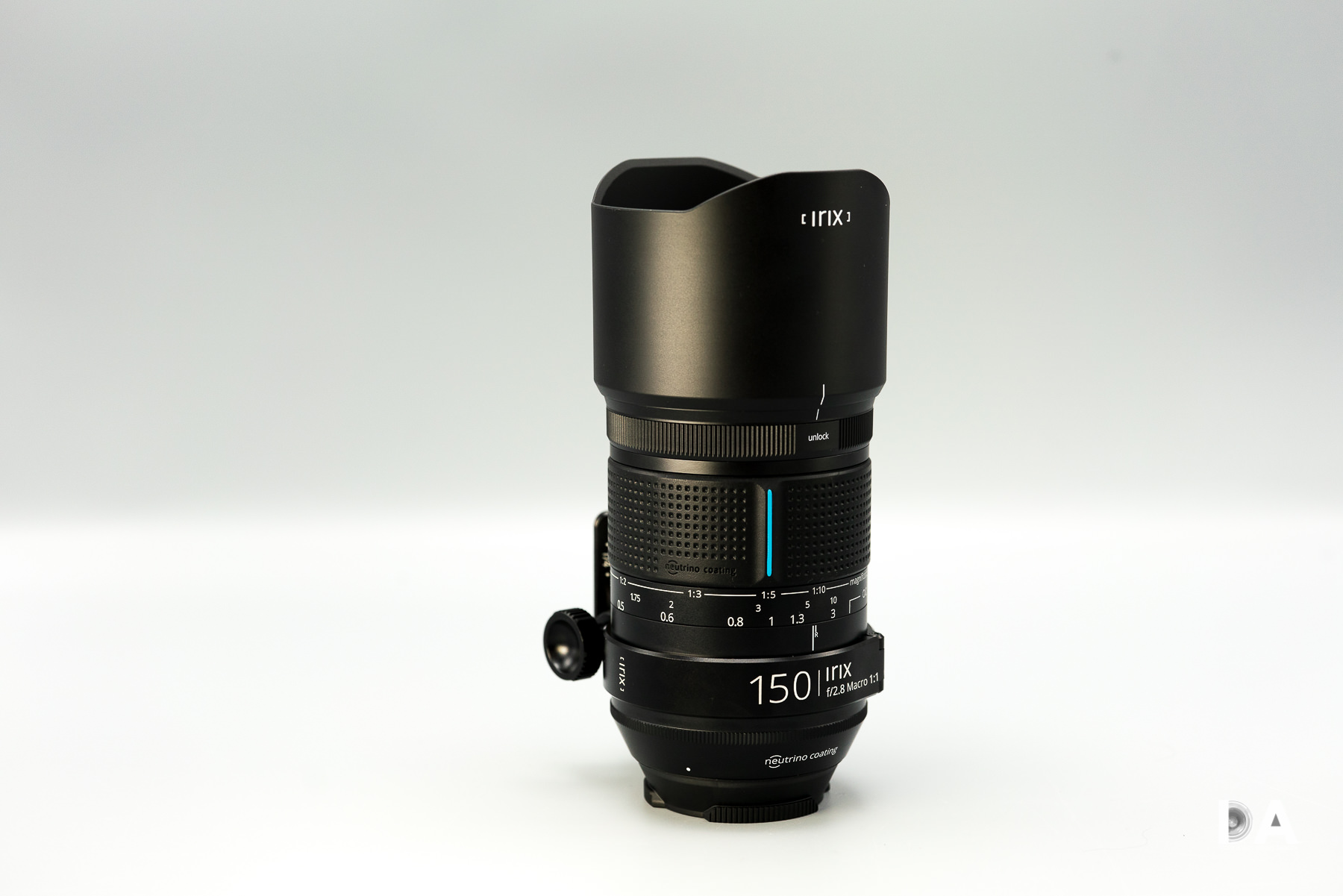
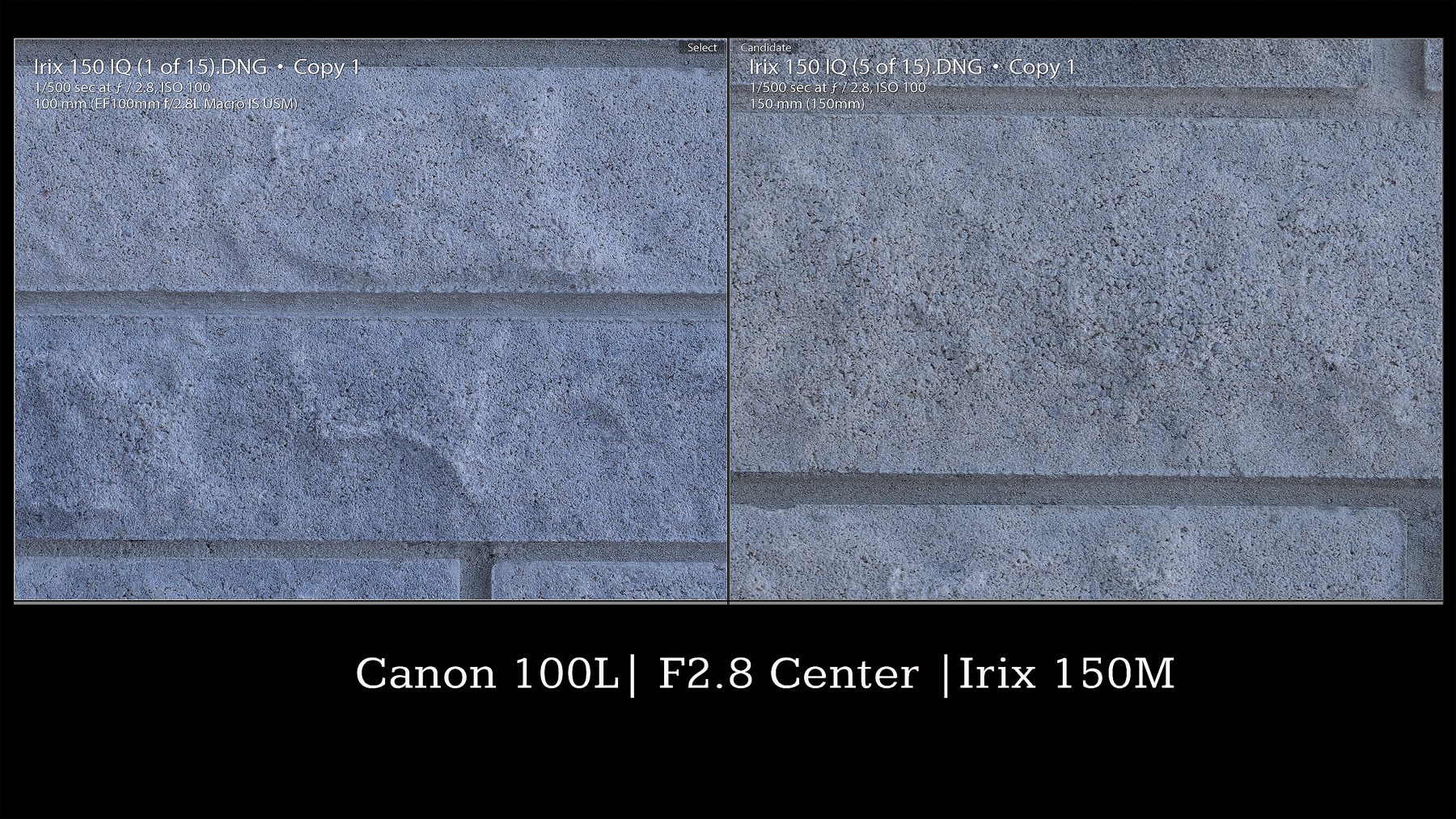
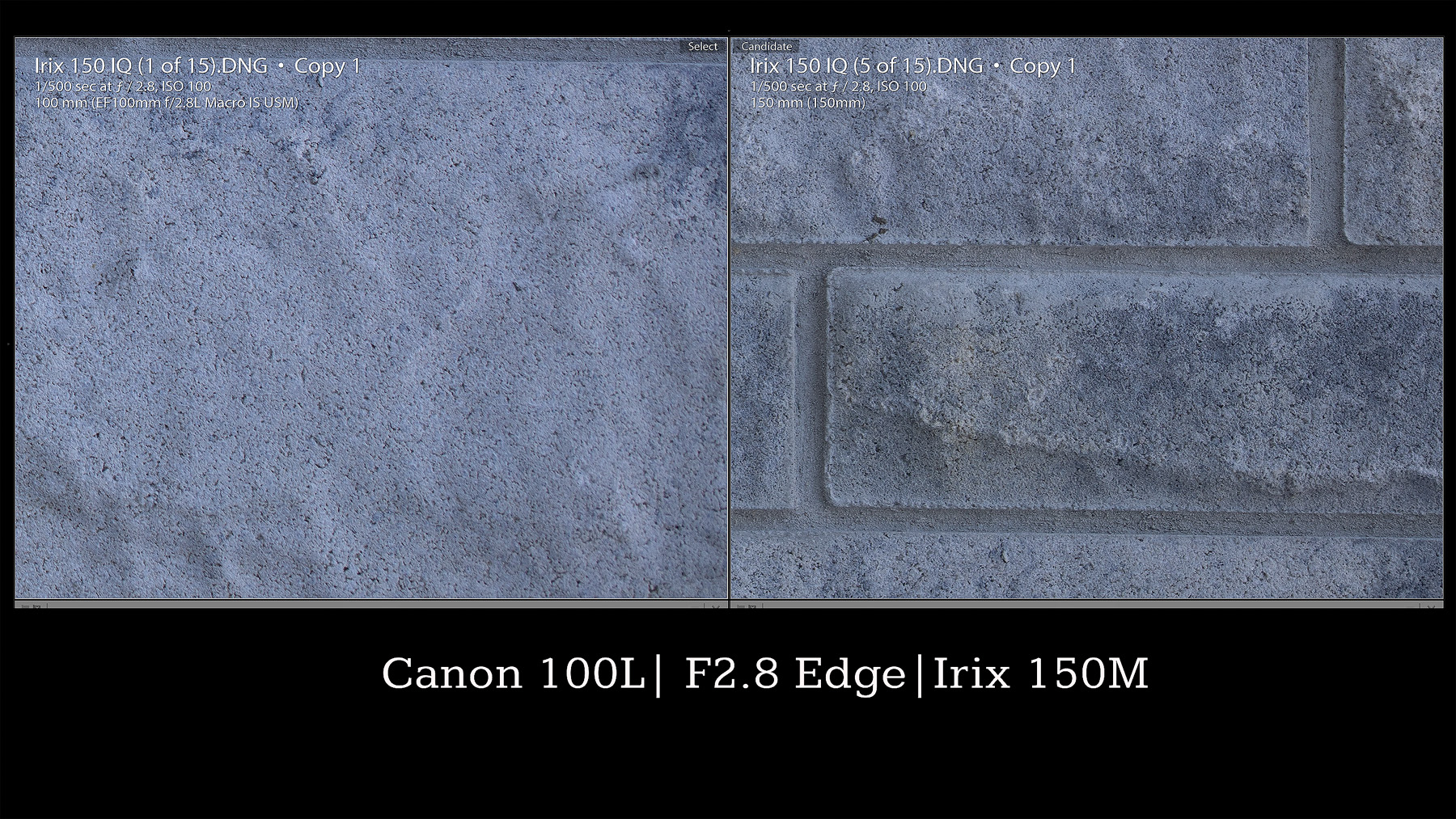









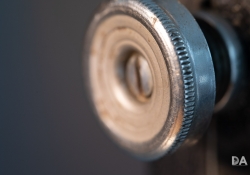
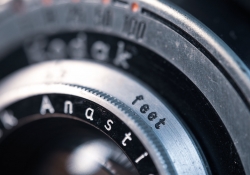


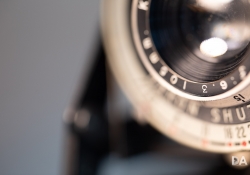











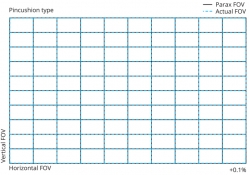
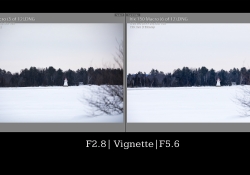
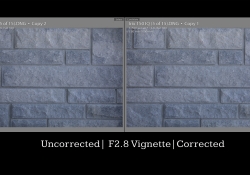
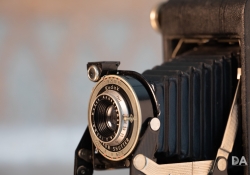
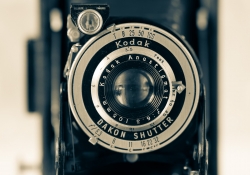
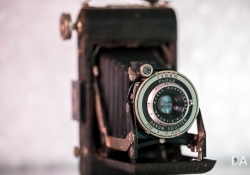



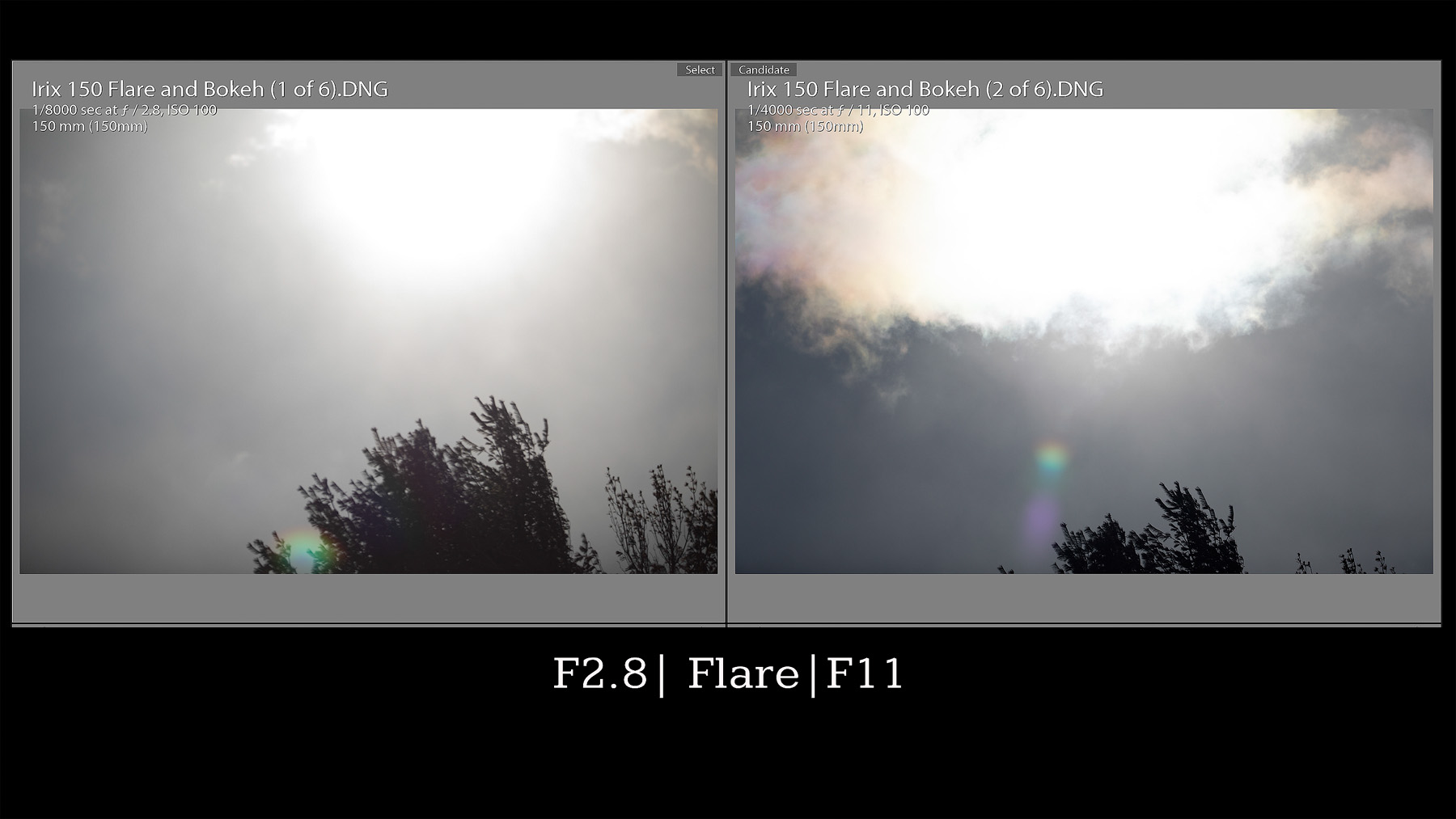
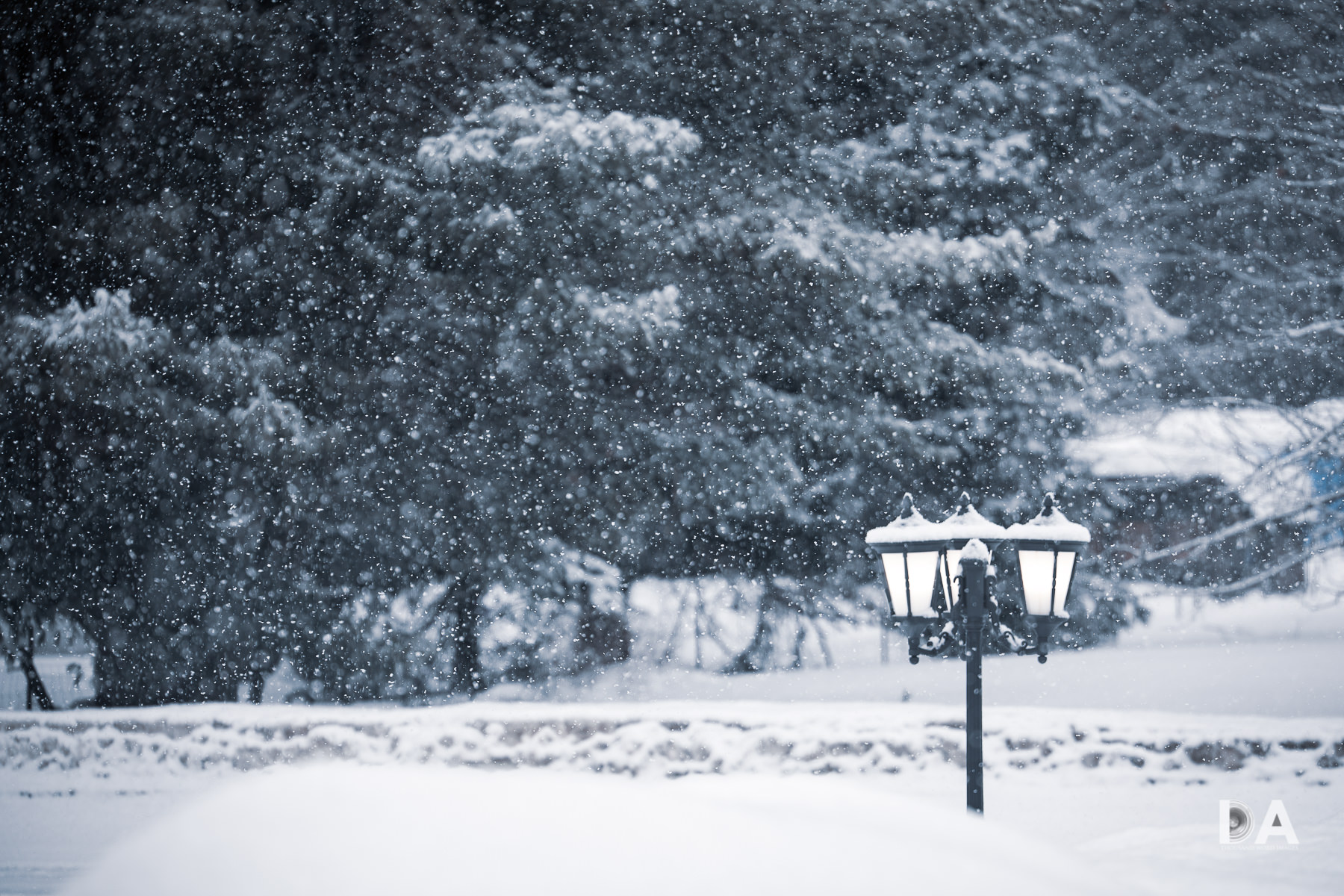








 Canon RF 24-50mm F4.5-6.3 IS STM Review
Canon RF 24-50mm F4.5-6.3 IS STM Review  Canon RF 24-50mm F4.5-6.3 IS Gallery
Canon RF 24-50mm F4.5-6.3 IS Gallery 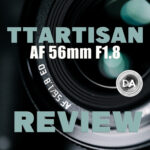 TTArtisan AF 56mm F1.8 X-mount Review
TTArtisan AF 56mm F1.8 X-mount Review 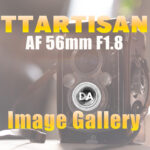 TTArtisan AF 56mm F1.8 Gallery
TTArtisan AF 56mm F1.8 Gallery 